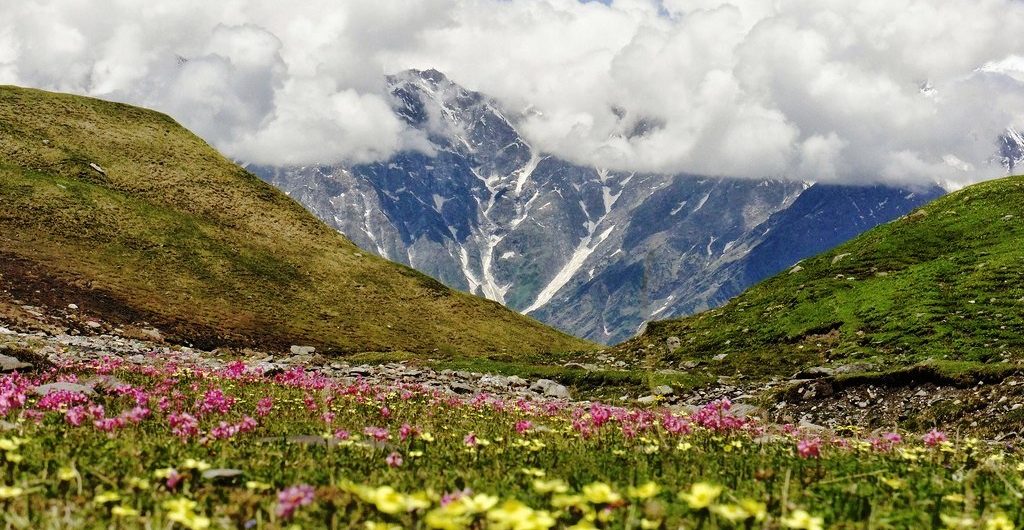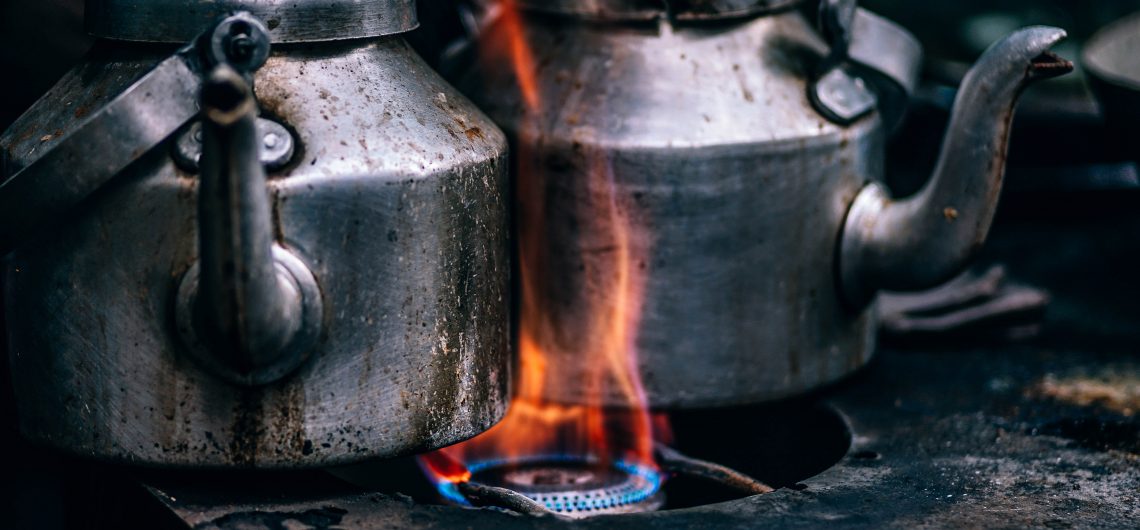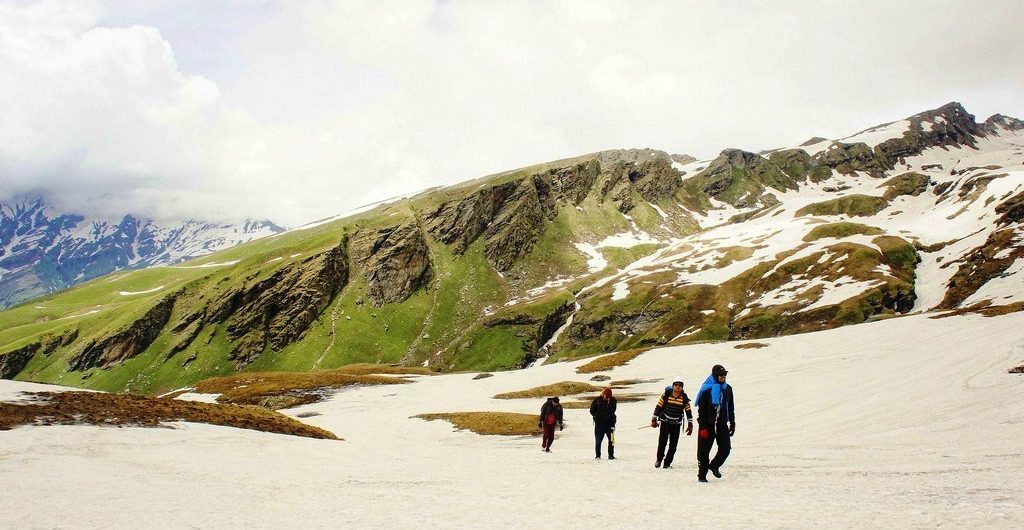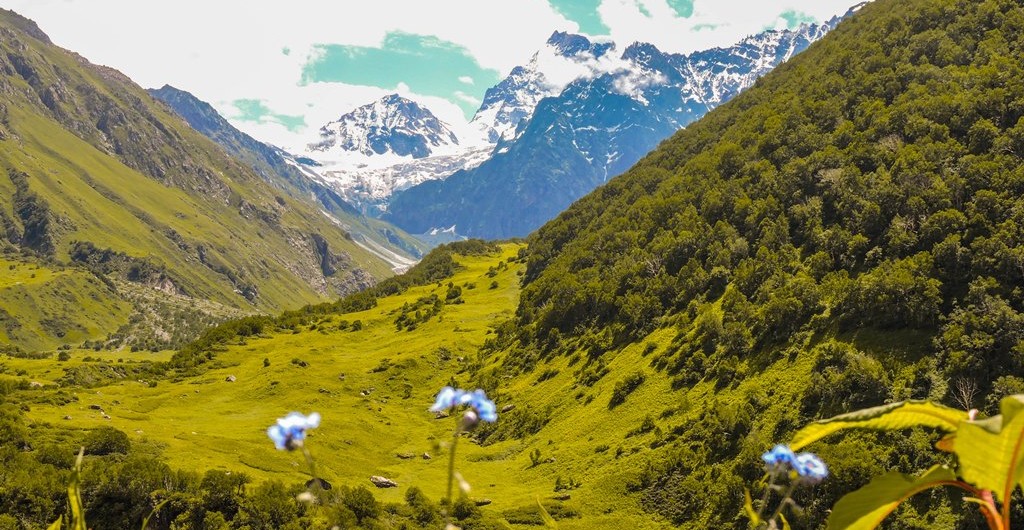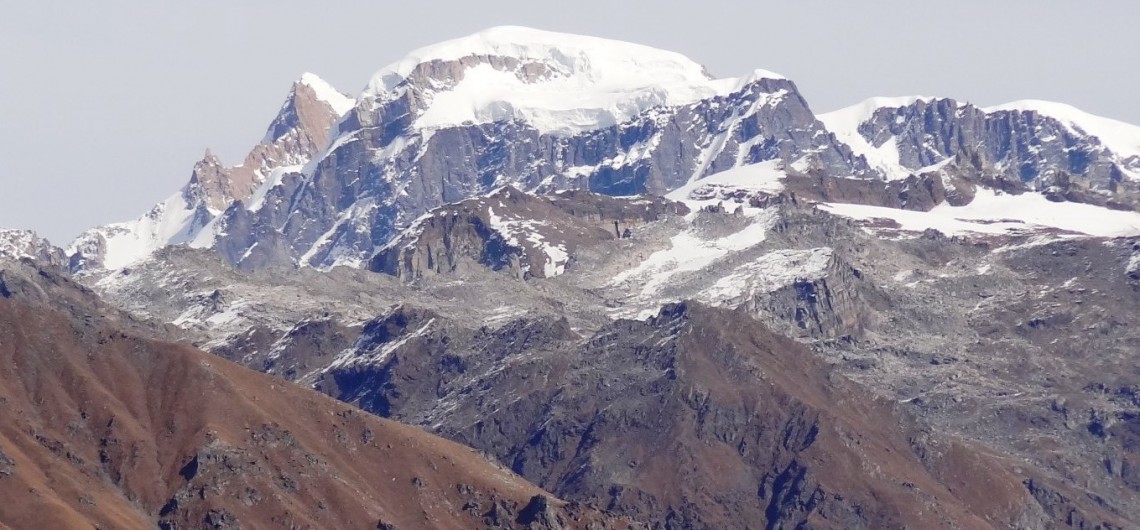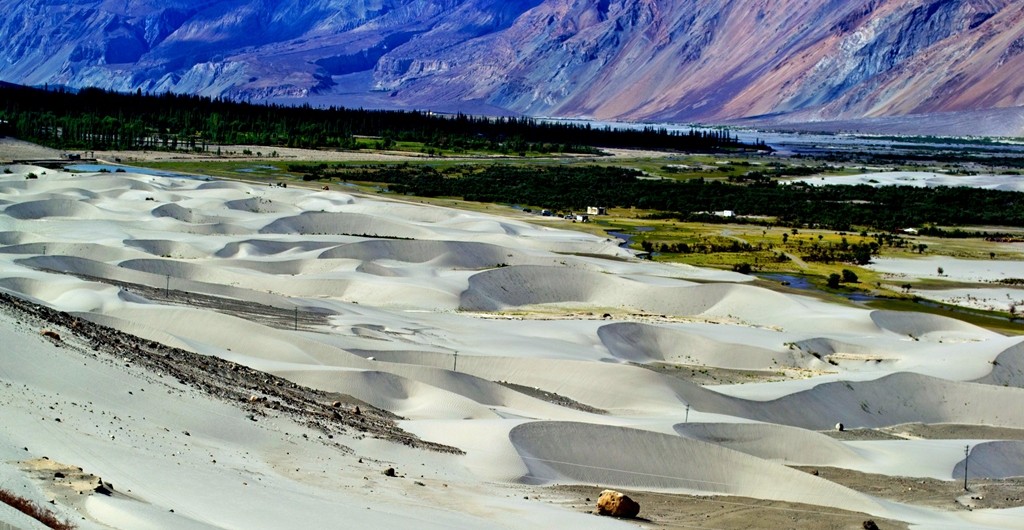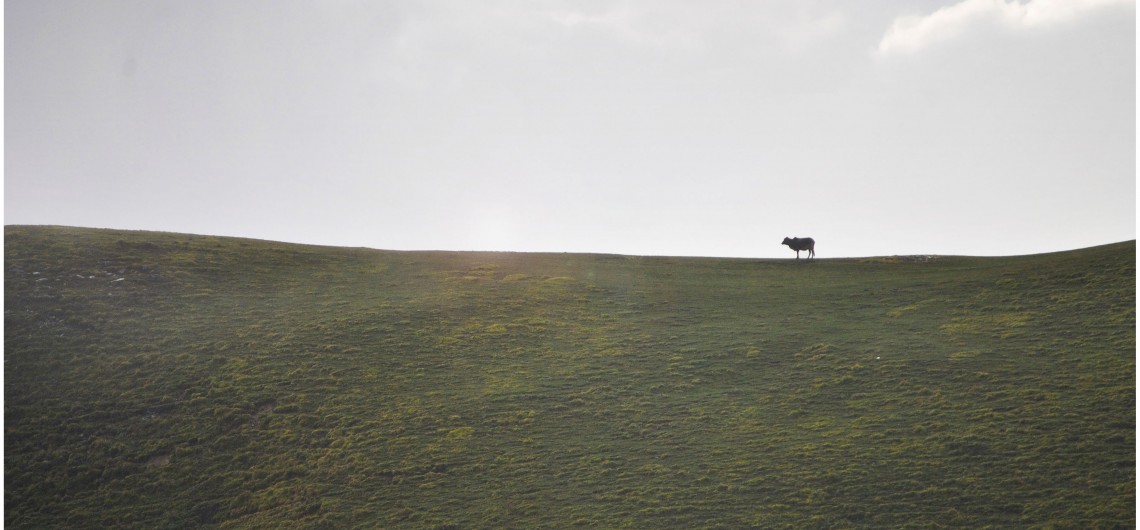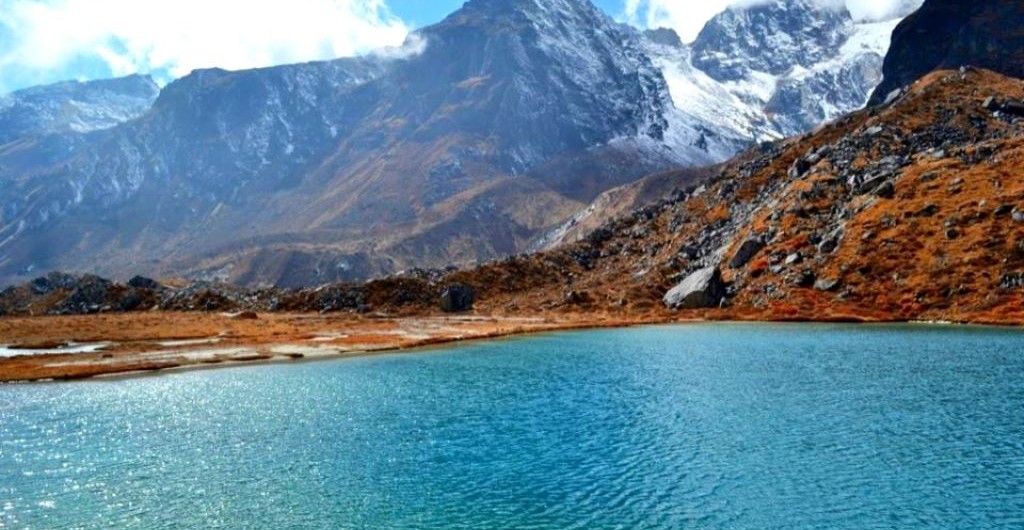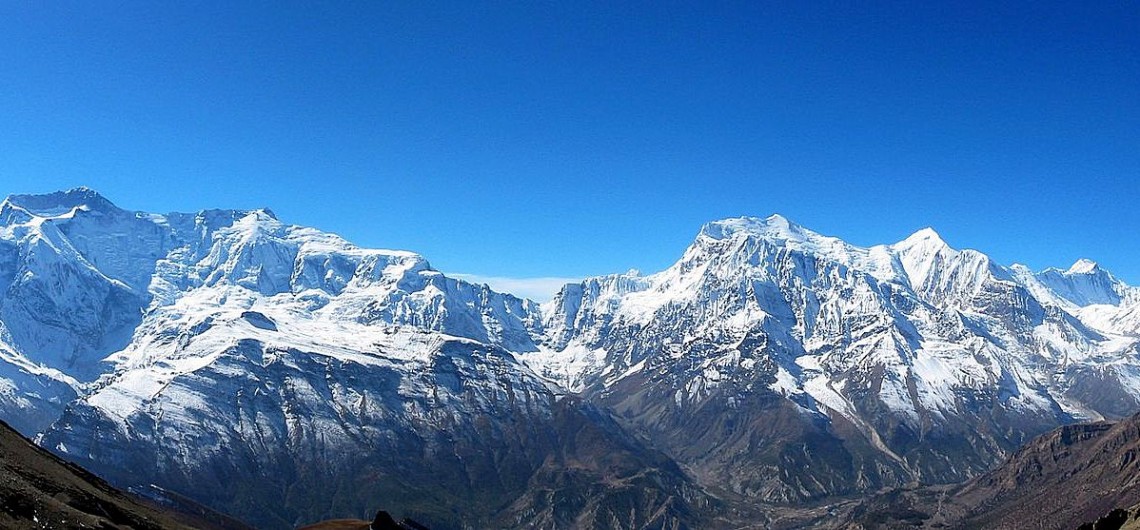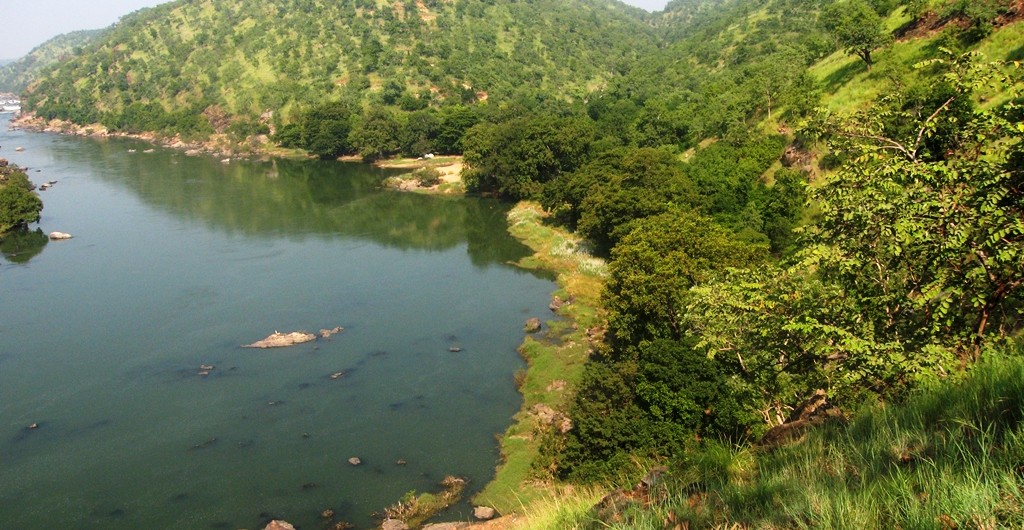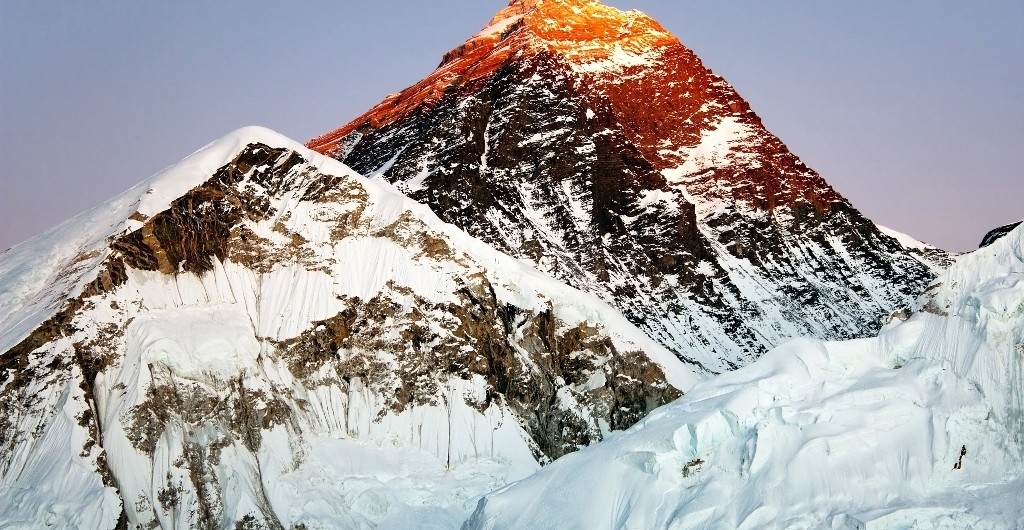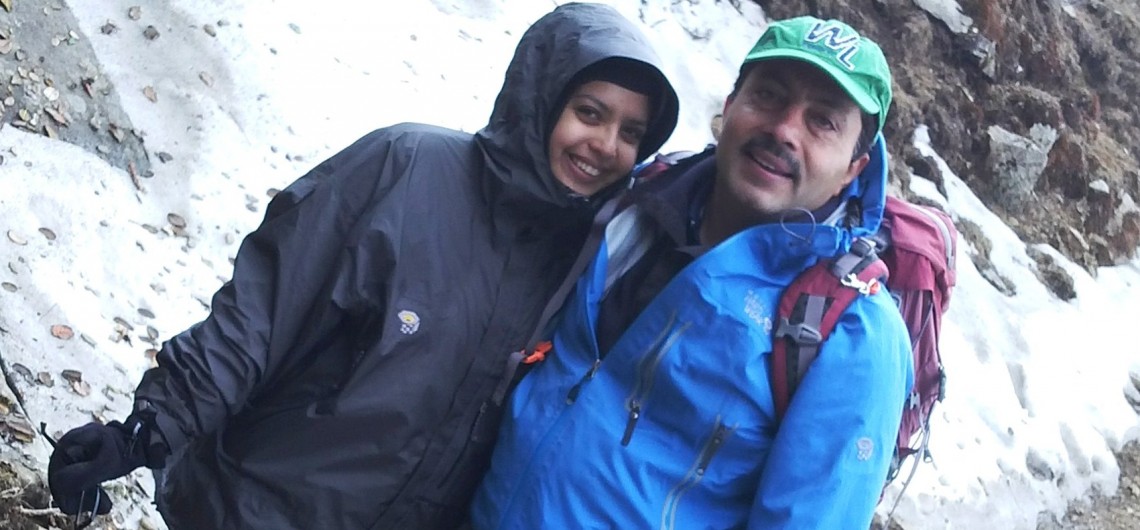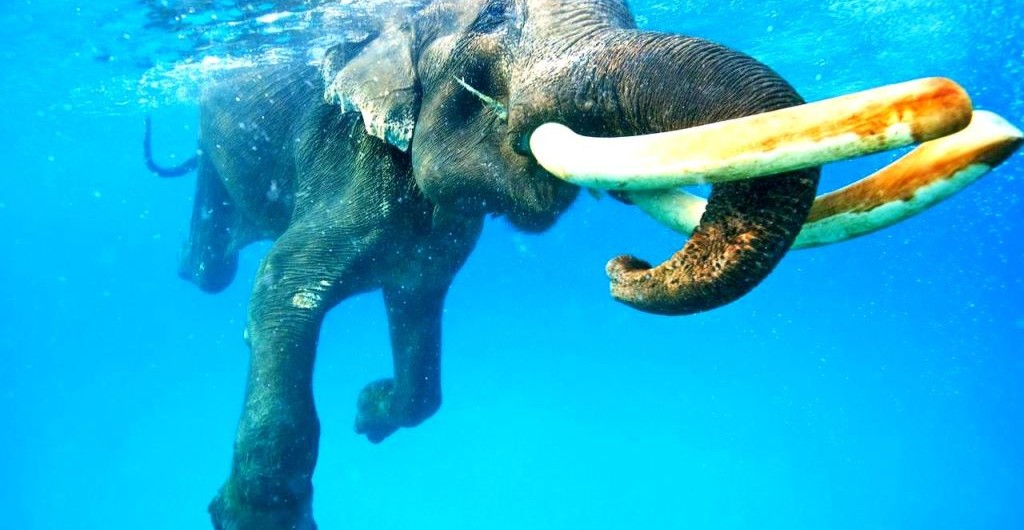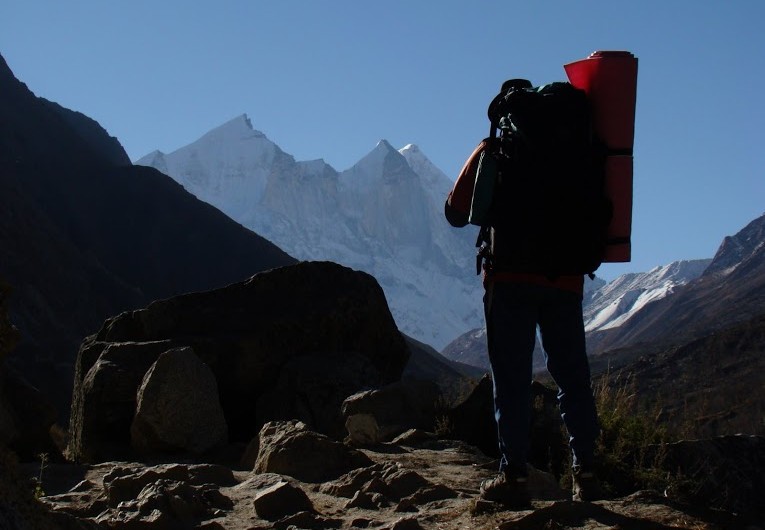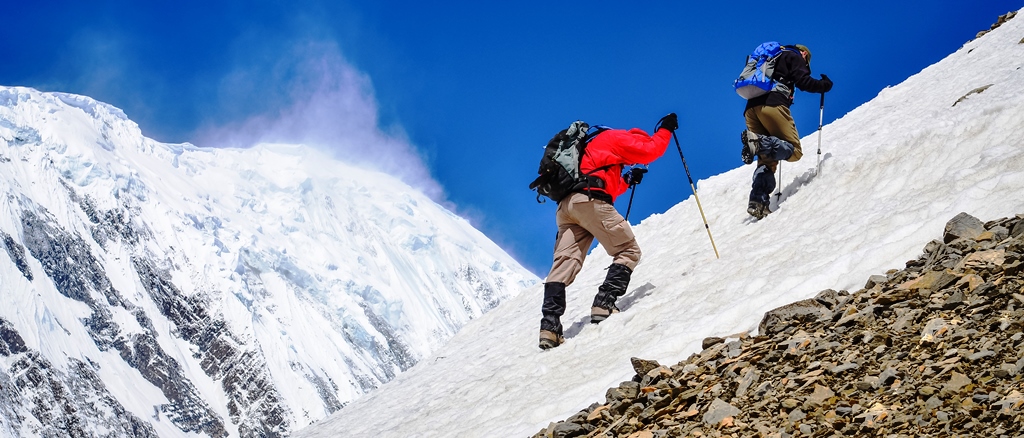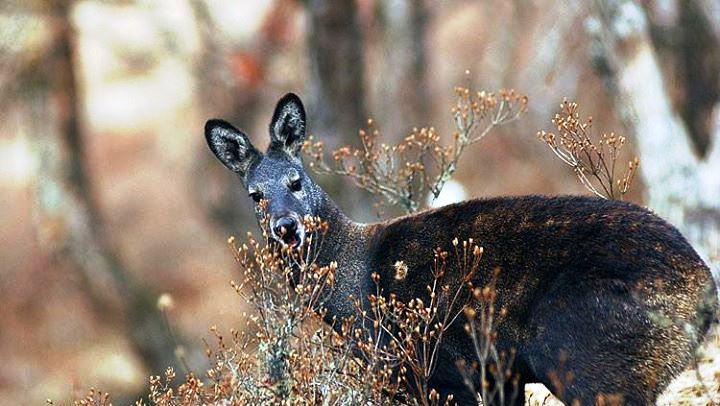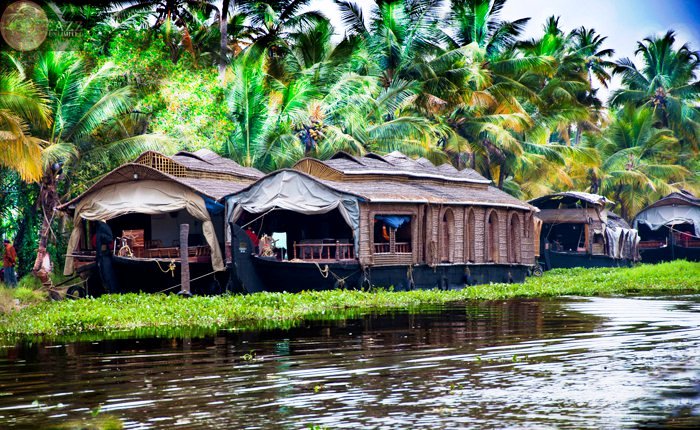I associate May, especially the May of North India (non-Himalayan regions) with searing heat, dryness and perpetual sweating. But, as they say, “Every cloud has a silver lining”, May is also the time when most schools close for vacations and you finally have the time to go someplace. Most of us visit our grandparents and sit in their house, often doing nothing. I personally never liked going to Lucknow and staying there for 1-1.5 months. We hardly ever went out because it was hot; even after the sun set, there was little respite. The only silver lining there was that I had a cousin, with whom I would run around the house or play cricket in the backyard, but we grow up after a while and feel no excitement in such things.
Did you know tea drinking in India was prevalent since 750 BC? However, it was not tea per say, but more of a vegetable dish that consisted of tea leaves, oil and garlic. Technically, India was introduced to tea by some officers of the British army, who started tea cultivation here with seeds brought from China. This led to a revolution, and by the end of the 19th century, tea produced in Darjeeling and some parts of Assam were exported to different parts of the world, especially Britain. Slowly and steadily, this revolution spread across the entire Himalayan foothills and other parts of the country.
Ask any 20-something about what they cherish the most and see them talk lovingly about weekends. Yes, weekends are truly the best! From extroverts who love to socialise with just about everyone to introverts who prefer to stay back in the familiar comfort of their home, weekends are fervently awaited by each of us. They are after all the only two days in a week when we can ignore work-related mails and focus on ourselves and our loved ones. It is that magical period of time which makes us feel that we were not born to just work, pay taxes and leave the world without having lived at all. Whatever our idea of a good time may include, a weekend is when we indulge ourselves in what we love.
Don’t know about you, but 2016 was amazing for me. I started the year with a bang, and that’s how it ended. Doesn’t it feel great when everything falls into place and all your dreams are realised just as you wanted them?! I hope it does not sound like I am bragging, but I get excited just thinking about it. Some moments that I had been longing for ever since I can remember, happened in the past few months. Here is an account of things that I checked off my bucket list this year:
Himachal Pradesh is beyond doubt one of the most verdant and naturally beautiful states in India. With 3 mountain ranges, namely Pir Panjal, Shivalik, and Dhauladhar, in its vicinity, this state literally is the home of snow. It has so much to offer that no matter how many times you travel here; there will always be something new to witness and experience.
In addition to being home to some of the most popular hill towns, like Shimla, Dharamsala, Dalhousie and Manali, it is also a favorite among adventure seekers, particularly trekkers. There are many treks in the state that originate from Manali and Dharamsala. In addition to trekking, you could also enjoy paragliding in Manali as well as Bir Billing.
Here is a lowdown on some of the best treks in Himachal Pradesh
Hampta Pass Trek –
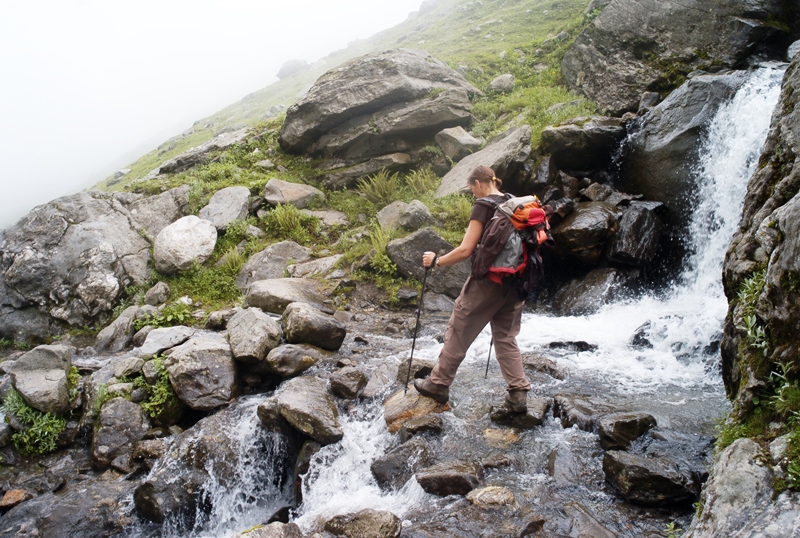
This trek begins from Manali and is ideal for beginners. With maximum altitude of 14100 feet, this trek takes 5 days to complete, covering a total distance of 26 kms. Bookings now open
India is home to some of the most diverse landscapes from mountains, valleys to forests, deserts and beaches. This diversity in topography attracts people from all over the world in every season to experience India in her many colors. India boasts some of the most beautiful valleys like the extremely popular Nubra in Ladakh or the verdant Dibang Valley in the north-eastern state of Arunachal Pradesh. Come explore these with us.
- Nubra Valley, Ladakh, Jammu & Kashmir
Believed to be originally called Ldumra meaning the Valley of Flowers, Nubra is located to the north east of Ladakh Valley, approximately 150 kms from Leh. The meeting of Nubra and Shyok (tributary of Indus) Rivers forms a large valley, separating the Karakoram and Ladakh Ranges. This valley can be reached by travelling over the Khardung La from Leh. The average altitude of Nubra is roughly 10,000 feet above sea level.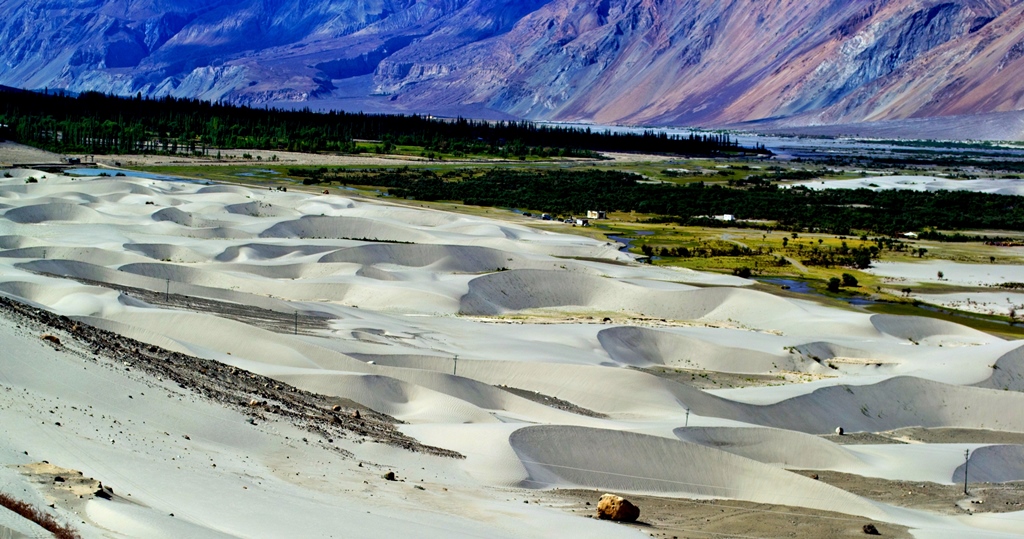
An array of colors at Nubra Valley Image Credits: wikipedia.org - Spiti Valley, Himachal Pradesh
Located high in the north eastern part of Himachal Pradesh, Spiti Valley is situated between Tibet and India. It is a desert mountain valley and is one of the least populated regions of the country. It is a part of Lahaul and Spiti district and is home to similar Buddhist culture as found in Tibet and Ladakh. Kunzum La at 4,590 meters separates Lahaul from Spiti. The entire valley is surrounded by high mountain ranges. Heavy snowfalls cut off the valley from the rest of the country for almost 2-3 months from November to January every year.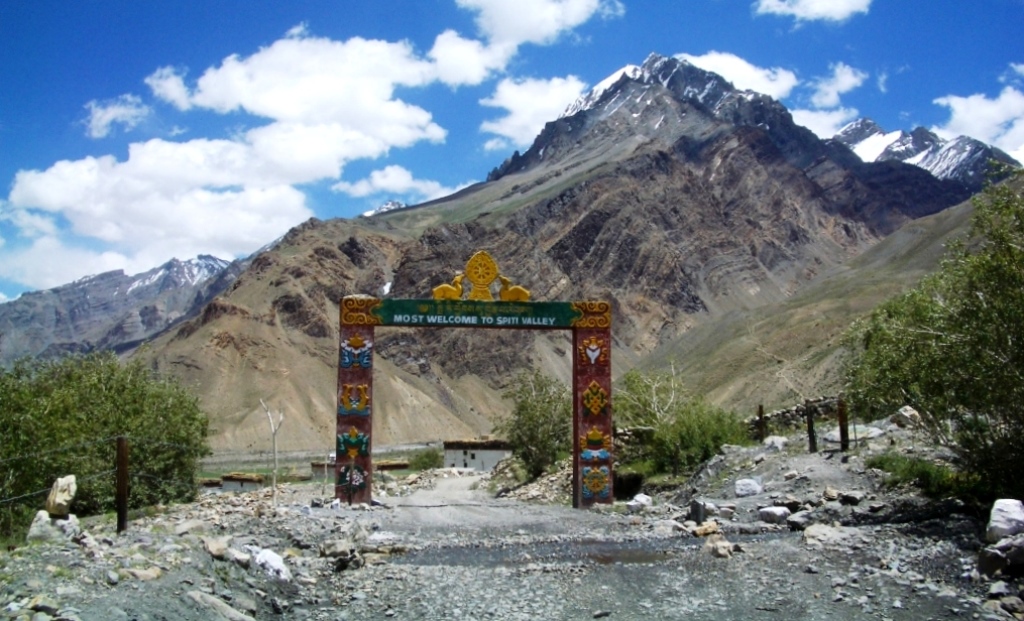
The ever-welcoming Spiti Valley Image Credits: wikipedia.org - Dzukou Valley, Nagaland
Considered to be one of the most beautiful places in Nagaland, the Dzukou Valley is just ideal for easy to moderate trekking. Dzukou means Cold Water which comes from the cold streams of water that flow through the valley. It is known for its flora and fauna and particularly seasonal flowers like Dzukou Lily found only in this area. It sits at 8339 feet above sea level behind the Japfu Peak at the border between Manipur and Nagaland.
Bugyal, when literally translated, means meadow. A Bugyal is high altitude grassland that makes for an excellent grazing ground. These Bugyals remain covered with snow in the winter months but come to life with colors at the advent of summer season. Here are some of the most beautiful Bugyals in the state of Uttarakhand in India –
1. Bedni Bugyal – Situated at the border of Garhwal and Kumaon in the Chamoli district of Uttarakhand, Bedni Bugyal offers the majestic views of the Trishul Parbat. It is situated at an altitude of 11,000 feet. The trek to Bedni starts from Loharjung and is ranked easy on the difficulty level, since one mostly passes through villages to reach this lush meadow. On route to Bedni, Wan is the last village that you cross; it is also the last point where you could get accommodation.
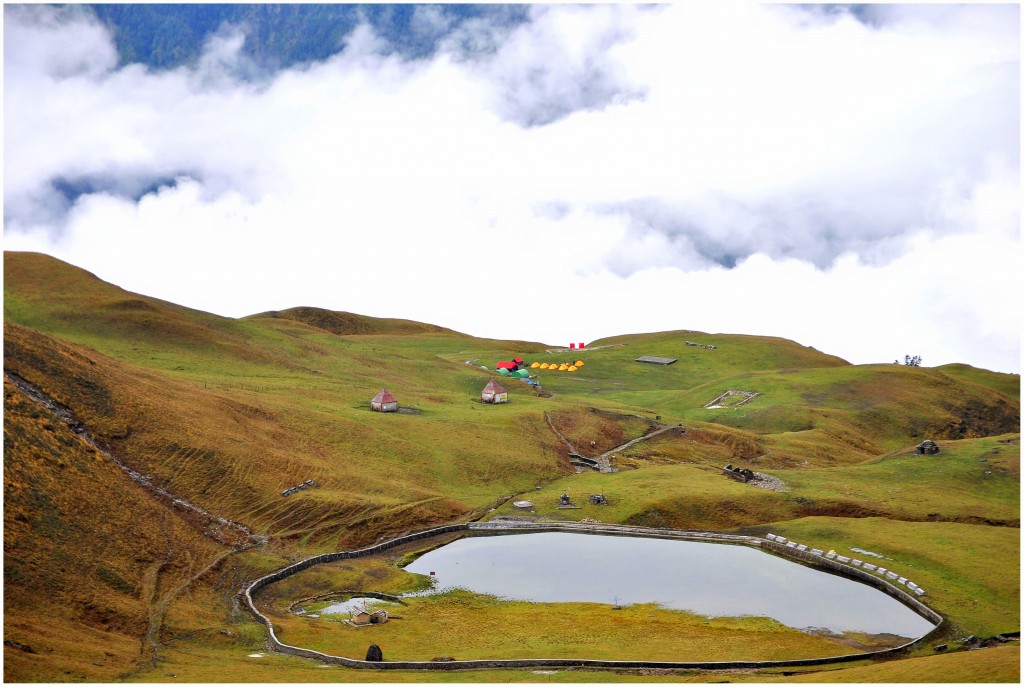
Bedni Bugyal is a part of the Roopkund Trek itinerary too. So to witness the verdancy of this meadow, you could either choose the easy trek to Bedni or go further up to Roopkund which is at a height of 15,600 feet.The route to Bedni Bugyal is through exquisitely beautiful forests of rhododendron and oak. It is a perfect campsite and the Bedni Kund offers the most riveting reflection of the Trishul Peak.
2. Dayara Bugyal – Dayara Bugyal is a full-fledged 7 days trek that again is rated easy. At an altitude of 12,000 feet, Dayara is easily among the top 2 most beautiful high altitude meadows in the Himalayas. It is breathtakingly serene and looks like the most ideal setting for a fairytale. It can be reached from Haridwar via Barsu, and Barnala meadows are where Dayara begins. It is a moderate 5 kms trek from Barnala to Dayara through dense forests.
Machu Picchu, a name the whole world is familiar with today, was not known to mankind a century ago. Spirit of adventure, curiosity and the quest for the unknown led to its discovery in 1911, when a party of three chanced upon it while looking for the legendary lost city of Vilcabamba. The leader of this party was Hiram Bingham.
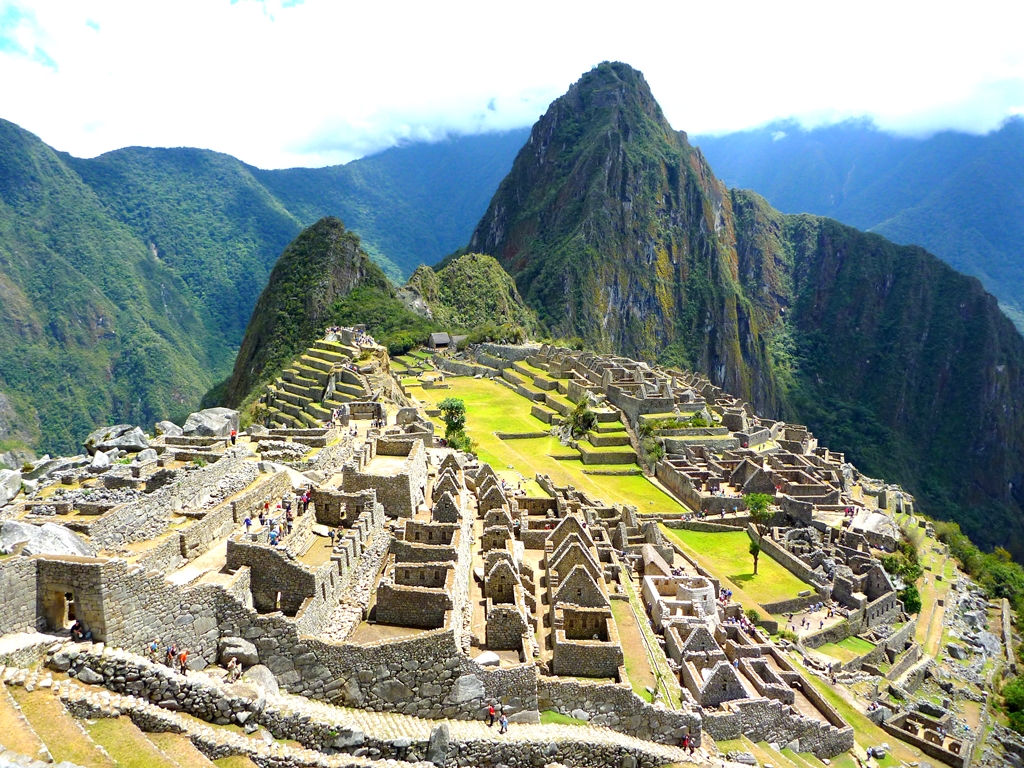
Bingham was born in Honolulu, Hawaii on 19th November, 1875 to a family of missionaries. However, he found his true calling in history and archaeology, especially Latin American History and that motivated him to pursue his doctorate in the same field and take many trips to South America. His 1911 expedition, as mentioned above, was to seek out the Incas’ last capital, Vilcabamba, which was believed to have been the last refuge of the defeated king Manco Inca II in 1536, when he had fled after being defeated by the Spanish conquistador Francisco Pizarro. There was a lot of speculation about the location of this city to be somewhere in the valleys of the Vilcabamba and Urubamba River.

Image Credits: wikipedia.org
On the morning of 23rd July, 1911, along with his companion Sergeant Carrasco, a Peruvian soldier, Bingham left Cuzco to explore the Urubamba valley. They spent the night camping near the river and while there, they were approached by a local farmer named Melchor Arteaga who informed them of the presence of some ancient ruins high up in the mountains. The next morning, 24th July, the 3 set out to explore and find out what these ruins were. They all advanced slowly, making their way across a wobbly bridge that traversed just above the rapids. Fighting the rain, they scrambled up the path, sometimes on all fours owing to its steepness. After about an hour or so, they were above the tree line and the view below took their breath away. Little did they know that something even more spectacular awaited them above.
As they moved further up, they found that the Native Americans farmed on an ancient terrace cleared of the jungle. They discovered more terraces and mazes of sorts, consisting of stone houses made of white granite blocks fitted together with clean, mortar-less joints, sitting 4000 feet above the Urubamba River. Accidentally, they had found an abandoned citadel/fortress that was to become the most celebrated ruin in South America and one of the most visited sites in the world.
Click here to book your trek with us.
Nestled between Nepal, Tibet, Bhutan and West Bengal, the landlocked state of Sikkim is the least populated in India. This quaint destination was once an independent Buddhist Kingdom and Buddhist Saint Padmasambhva is said to have passed through this region in the 8th century AD. Sikkim became the 22nd state of Indian Union in 1975.
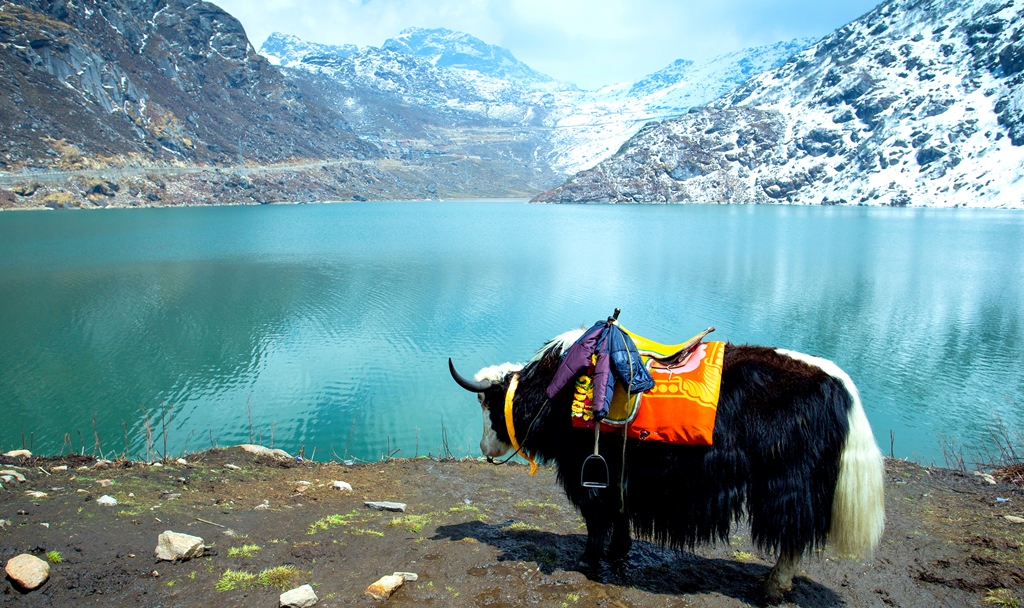
Owing to its location in the Himalayas, Sikkim is one of the most geographically diverse states in the country, with climate ranging from high alpine to subtropical. Its culture, diverse flora and fauna and picturesque locations make it an extremely popular tourist destination.
The Eastern Himalayas situated between Central Nepal in the West to Myanmar in the East pass through Sikkim, making it home to the world’s 3rd highest mountain peak, Kanchenjunga, which is worshipped by the locals as their deity. The presence of this majestic mountain has made Sikkim a favorite among adventure seekers, especially mountaineering, trekking and photography enthusiasts.
William Blake, the great 18th century poet, said that great things happen when men and mountains meet. Almost two centuries later, the world saw that come to life!
World’s highest mountain range, Himalayas, is home to 14 peaks higher than 8,000 meters or eight-thousanders as these are commonly called, and till the first half of the 20th century, all of these were unscaled! While the geographical conditions were a major deterrent, political unrest in India, Pakistan, Nepal and Tibet also proved to be one big hurdle!
Explore: Mount Annapurna Base Camp Trek
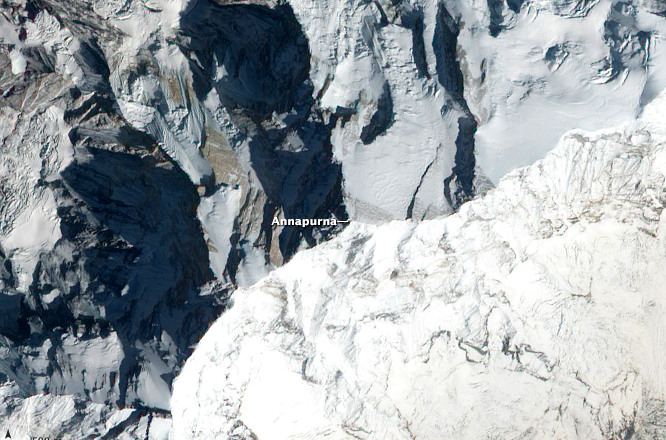
Image credits: Wikipedia.org
But all that was about to change! In 1949, the Maharajah of Nepal gave his consent to a climbing party of nine from France to attempt an assault on one (or more than one) of these peaks. The party, led by experienced French Alpinist Maurice Herzog, arrived in Nepal in the spring of 1950 with plans to attempt either the Annapurna (8091 m) or the slightly higher Dhawalgiri (8167 m).
This was a time when not even the local inhabitants had any knowledge of reaching higher up in those mountains through the thick forests and tough terrain speckled with gorges and ridges. Having spent some time probing for routes and backtracking, in April of 1950, Herzog, his climbing partner Louis Lachenal and the rest of the team realized that they needed to make haste if they wished to climb any of those peaks, since the ideal weather conditions would only last till June. So they zeroed in on Annapurna by the north-western glacier, which seemed like the perfect approach at the time. The next difficult step was the setting up of a chain of 3 camps in higher altitudes. The last and highest camp was pitched at 7407 m. It was already June and the threat of monsoon fast approaching was looming over their heads.
Explore: Annapurna Circuit Trek

Image credits: Wikipedia.org
Located picturesquely on the banks of River Kaveri, Bheemeshwari is approximately 100 kms from the tech city of Bangalore. It is a perfect weekend getaway for those residing in Bangalore and around. Due to the greenery and the tranquility that it offers, it makes for a great picnic spot for families. But there is more to this place than just picnics.
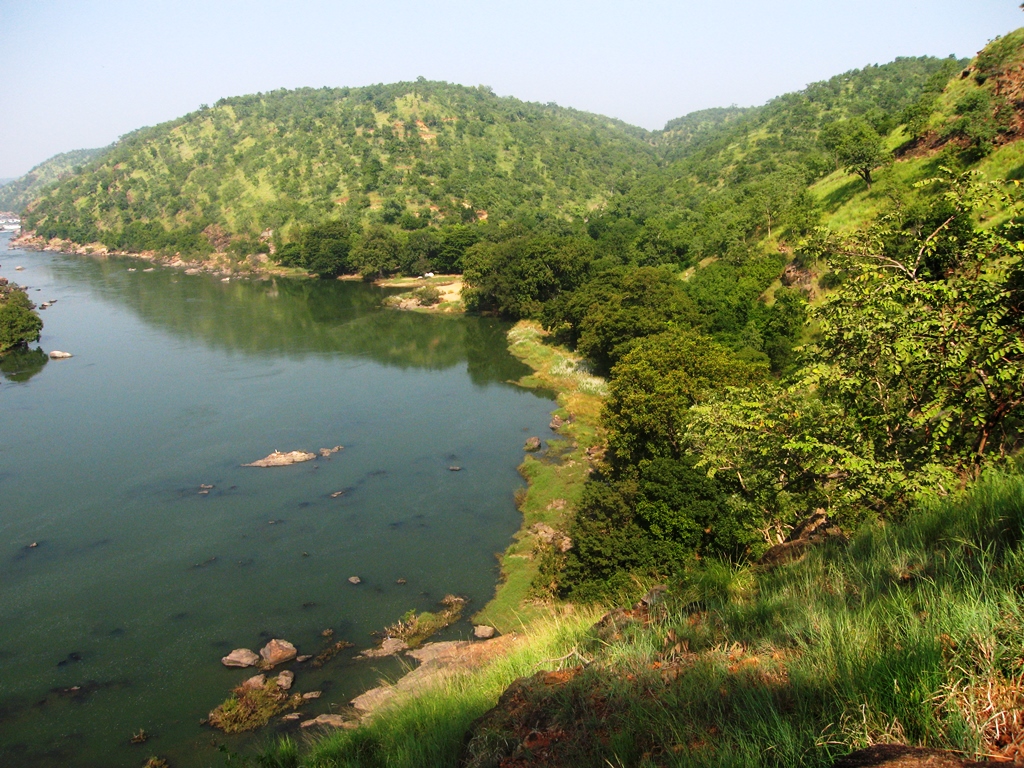
Due to vast verdant spaces, availability of camps and adventure activities like whitewater rafting, trekking, birding, angling, kayaking, camping and coracle ride, it is one of the most visited destinations for corporate off-sites and soft adventures. Click here for an adventure filled trip to Bheemeshwari.
It lies between the Shivasamudra falls and Mekedatu in the Mandya district and is a natural habitat for the Mahseer fish and many other animals. It has many fishing camps that offer accommodation and angling as a leisure and responsible sport where the Mahseer fish are released back into the water.
Bheemeshwari is also extremely popular for its wildlife sanctuary which is located amid natural waterfalls Barachukki, Mekedatu and Gaganachukk. It is an ideal place to go for a wildlife trek and watch wild animals like elephants, deer, wild boars, leopards, otters, crocodiles, monkeys, jackals and birds like ibis, herons, kingfisher and pigmy woodpecker in close quarters.
Here are the top 10 highest mountain peaks in the world.
9 out of these 10 lie in the Himalayas, Mount Everest being the highest in the world.
|
Mountain Peak |
Mountain Range |
Height (in feet) |
First Ascent |
|
Mount Everest |
Mahalangur Himalaya |
29,029 |
1953 |
|
K2 |
Baltoro Karakoram |
28,251 |
1954 |
|
Kanchenjunga |
Kanchenjunga Himalaya |
28,169 |
1955 |
|
Lhotse |
Mahalangur Himalaya |
27,940 |
1956 |
|
Makalu |
Mahalangur Himalaya |
27,838 |
1955 |
|
Cho Oyu |
Mahalangur Himalaya |
26,864 |
1954 |
|
Dhaulagiri I |
Dhaulagiri Himalaya |
26,795 |
1960 |
|
Manaslu |
Manaslu Himalaya |
26,781 |
1956 |
|
Nanga Parbat |
Nanga Parbat Himalaya |
26,660 |
1953 |
|
Annapurna I |
Annapurna Himalaya |
26,545 |
1950 |
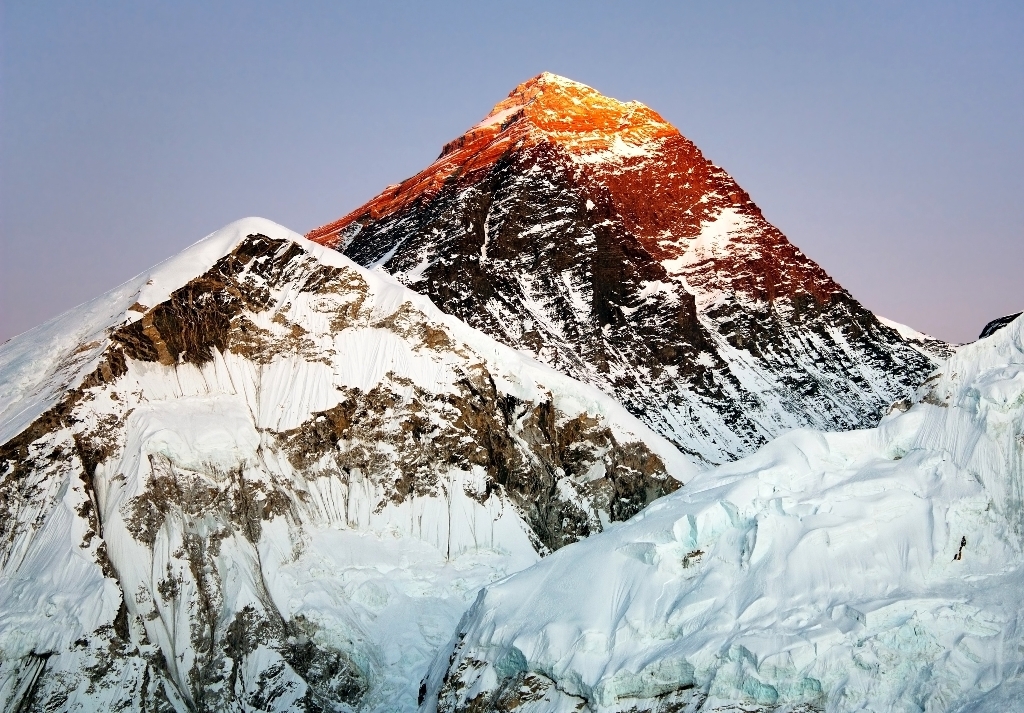
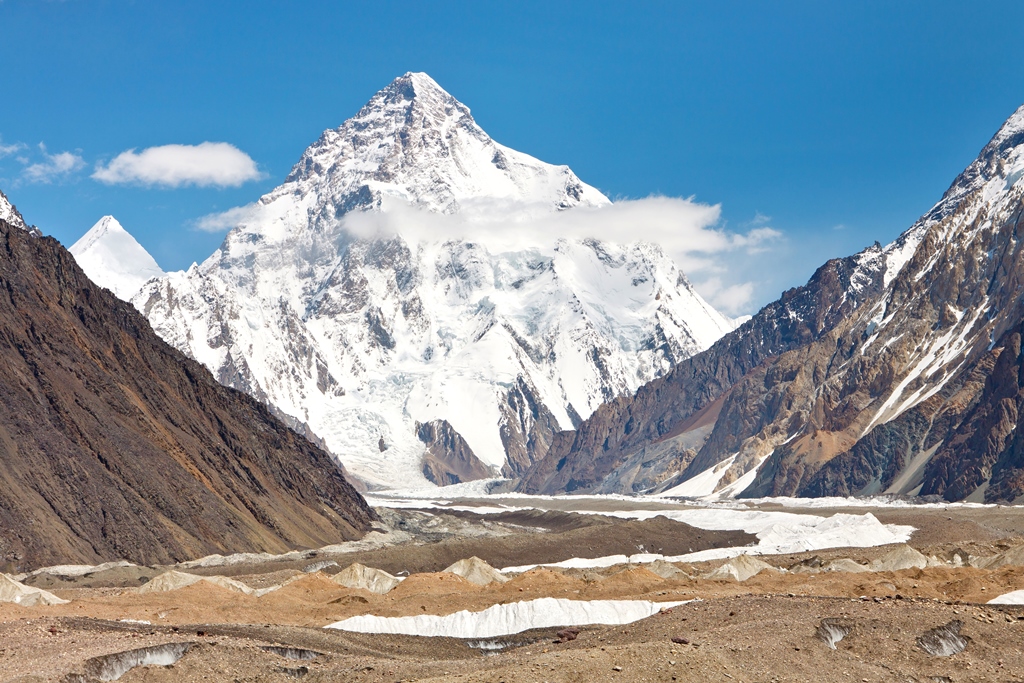
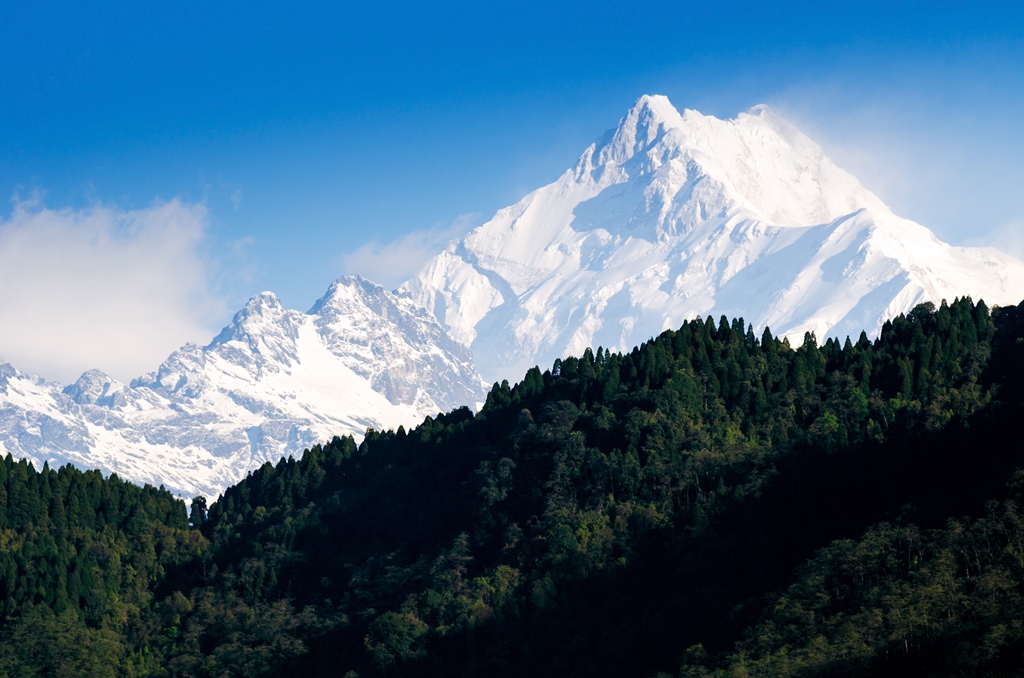
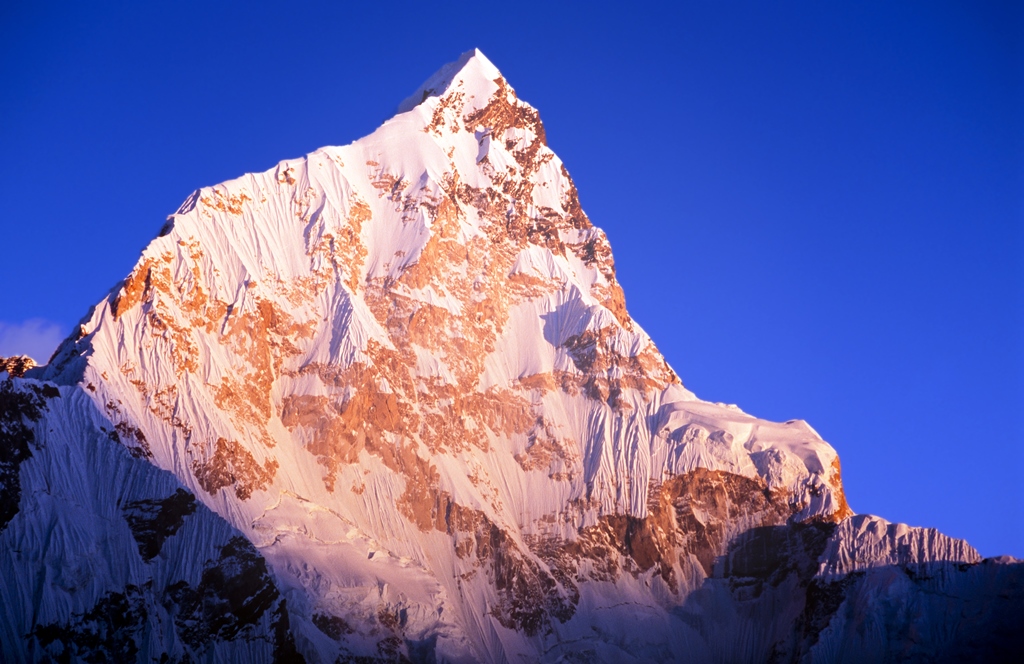
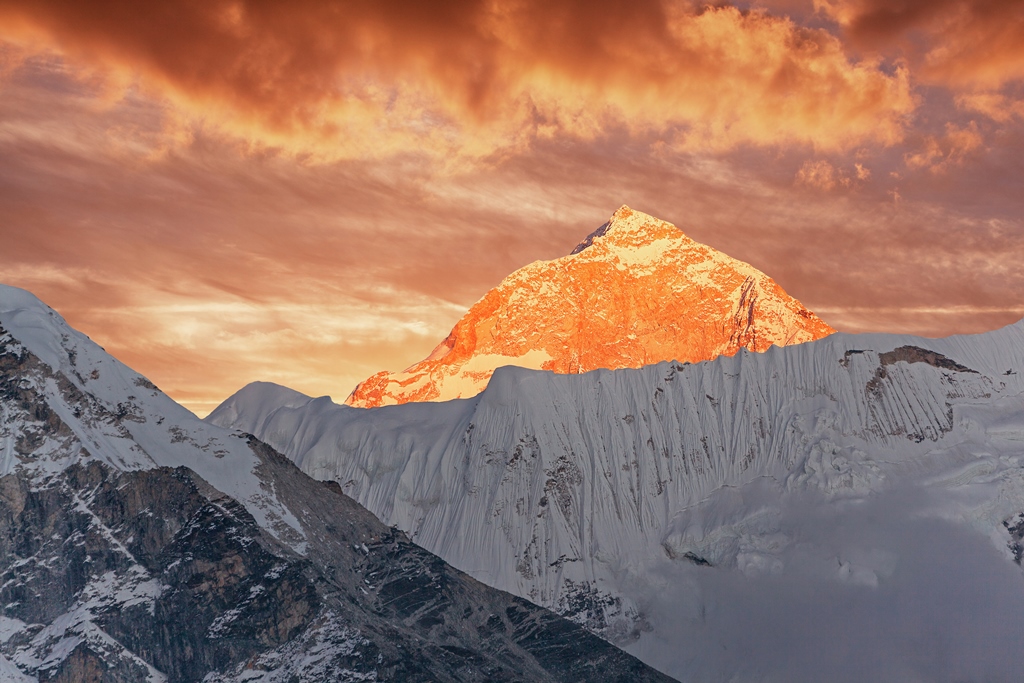
The most difficult in Bhutan and one of the most difficult in the world, Snowman Trek is only for seasoned trekkers. It has been named so for the 6 mountains above 23,000 feet that the trek passes beneath. The first and the foremost requirement is to be fit, physically and mentally. It takes one through Lunana, one of the remotest regions of Bhutan. It starts from Paro valley in Western Bhutan and passes along the Bhutan – Tibet border ending at Sephu Village in Central Bhutan.
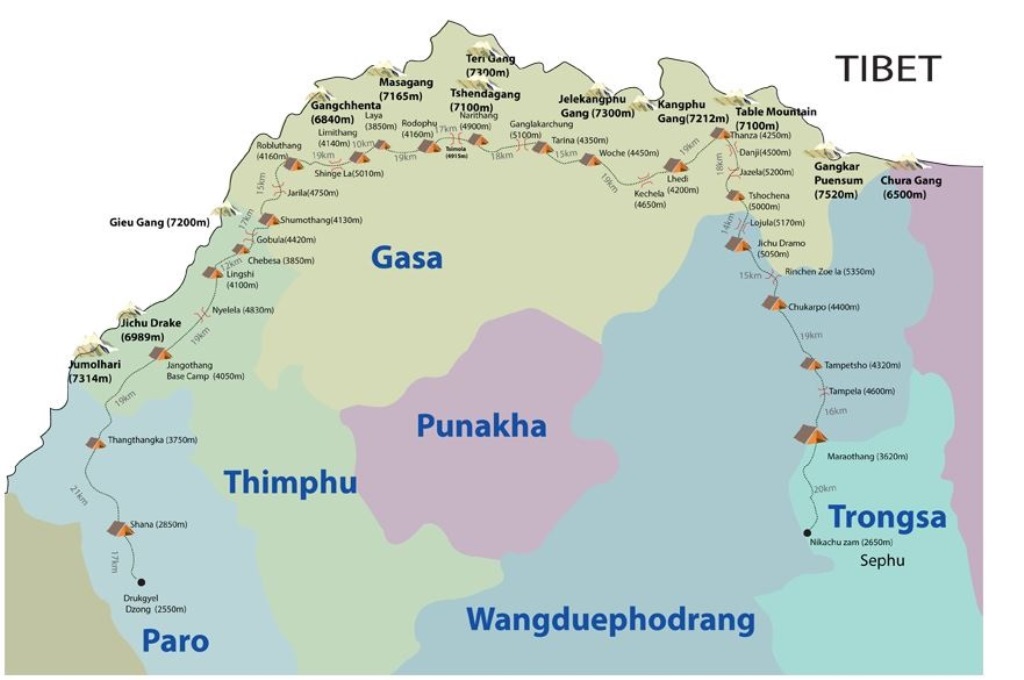
Image Credits: alpineascents.com
Owing to its high altitude, long distance and difficult terrain, this trek is right on top on the difficulty level scale and takes 25-30 days to complete. Roughly 2 days are required for acclimatization. The expedition crosses 11 high passes including Nye La, Gobu La, Jare La and Shinge La. 9 of these passes are over 15,000 feet.
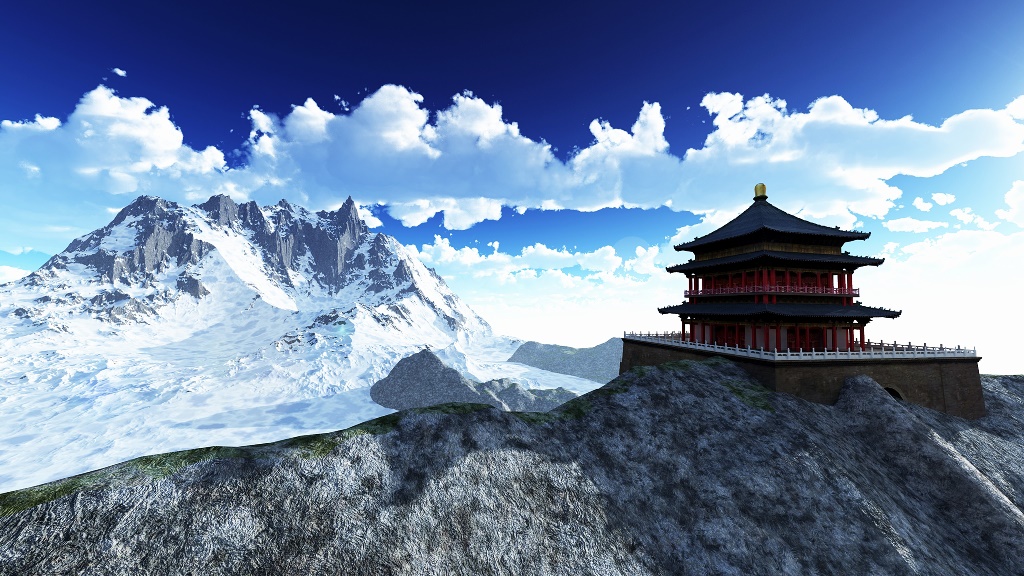
This trek offers panoramic views of many Himalayan peaks including the Chomolhari (also called Jhomolhari) and Table Mountain at 24,135 and 23,294 feet respectively. The highest pass on this trek is Rinchenzoe La at approx. 17,493 feet and the highest camp is Jichhu Dramp at 16,600 feet. An average of 17 kms is covered everyday by walking for approximately 6-8 hours. If you wish to go on this trek then the window is a small one, roughly 3-4 weeks in the month of October.
So you know how when normal fathers feel that they want some bonding time with their daughters they take them for a movie or something? My father takes me to climb a mountain.
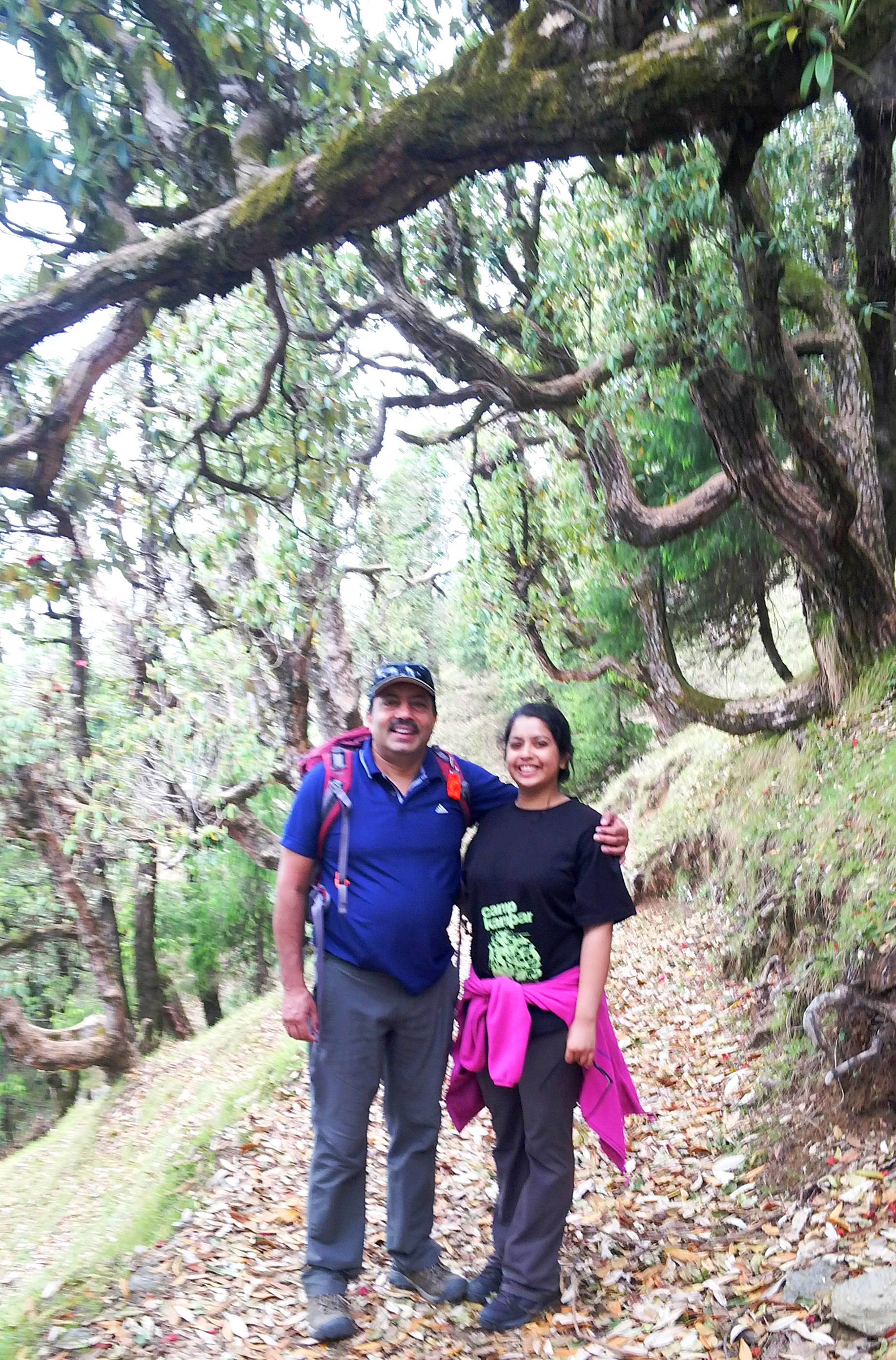
We were going to climb a mountain called Choor peak which is located in Barog, Himachal Pradesh. Its highest peak is located at a height of 12,000 feet. The entire trek took close to 2 days. We started at 7 in the morning on day 1. It was a bit chilly. We walked for 3 hours before reaching the first tea shop and when we reached it started raining. The walk till there was slightly steep at places. The first tea shop was located on flat land, with lots of green meadows. While we waited for the rain to stop, we ate some yummy daal-chawal. Then after about 45 minutes we were ready to go.
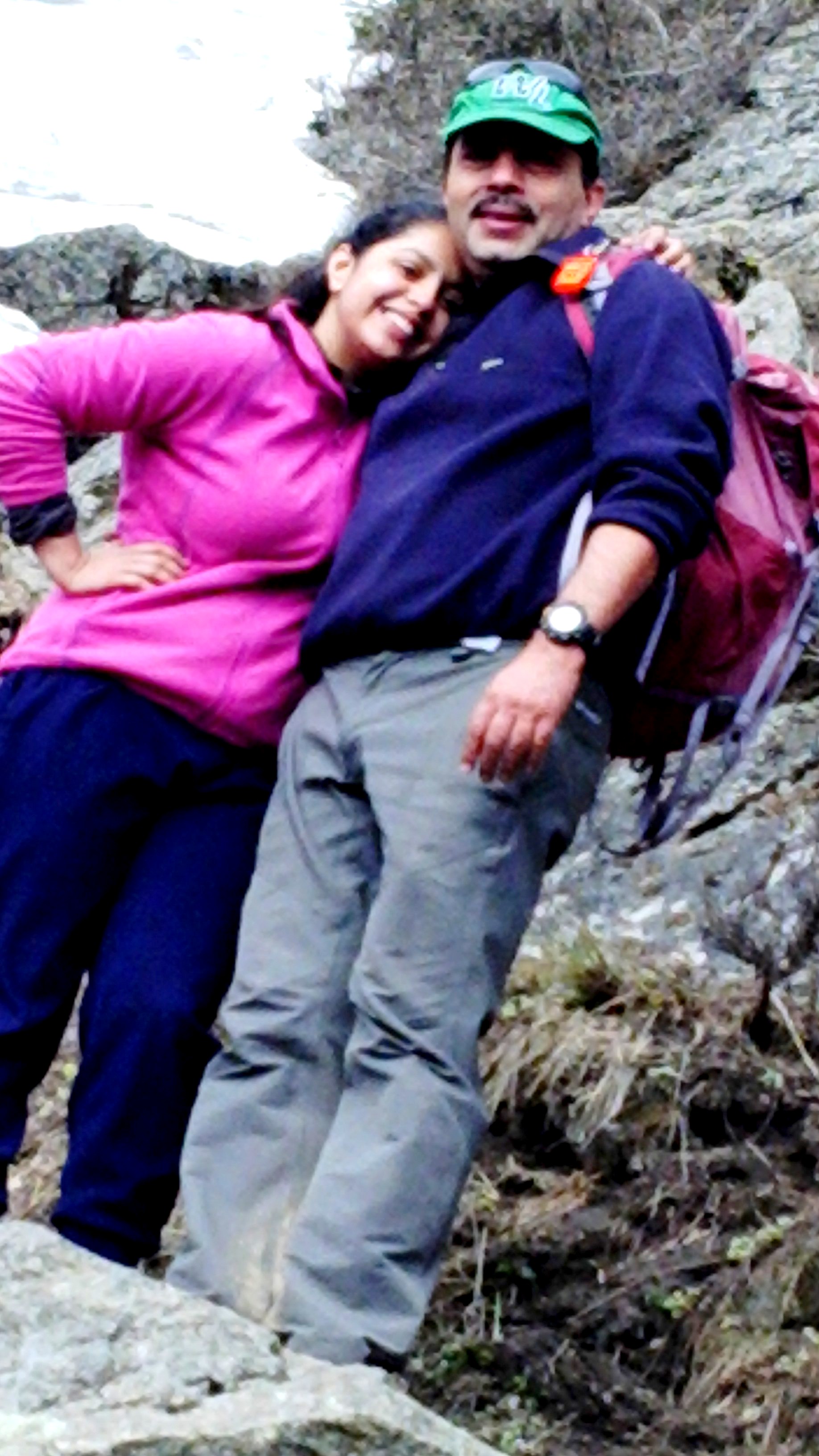
Most adventurers would tell you that hiking is the weak sibling of other hardcore outdoor adventure activities. But those who have really experienced some dangerous treks would tell you that sometimes the most serious adventure in the world simply involves putting one foot in front of the other. Here is Adventure Nation’s pick of some of the most treacherous treks in the world:
1. Hua Shan (Mount Hua), China – Even though all the climbs here are treacherous (with nearly vertical stairways) the plank trail to the South Mountain is called the most dangerous hike in the world. It has wooden platforms secured onto the mountainside. Even getting to the trail is tough and consists of a climb up a vertical rebar staircase. At one point, the planks altogether vanish and hikers have to use small cavities carved into the rock.
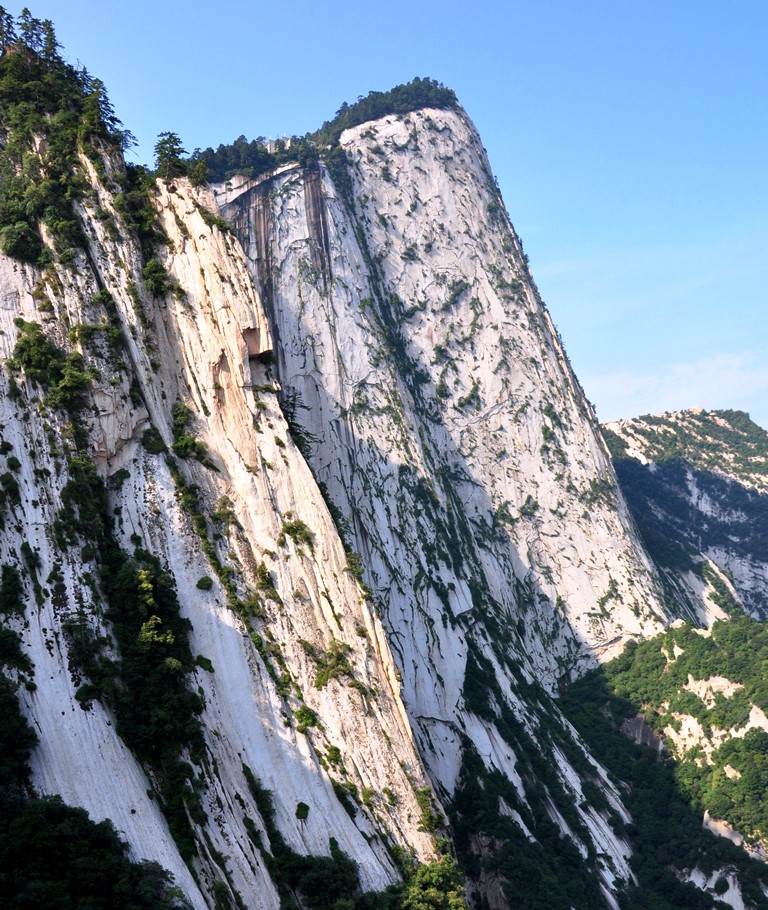
2. Kalalau Trail, Kauai, Hawaii – At its best, the Kalalau Trail along the Na Pali Coast in Hawaii is an remote jungle with steep volcanic slopes and a pristine undeveloped beach at the end. But the 22-mile round-trip hike can turn treacherous quickly. The path’s three major stream crossings can flood during monsoon, and falling rocks, especially around waterfalls, are always a concern. More than 100 people have lost their lives while swimming on the trail’s isolated beaches, and the transient community living on the shore can be hostile.
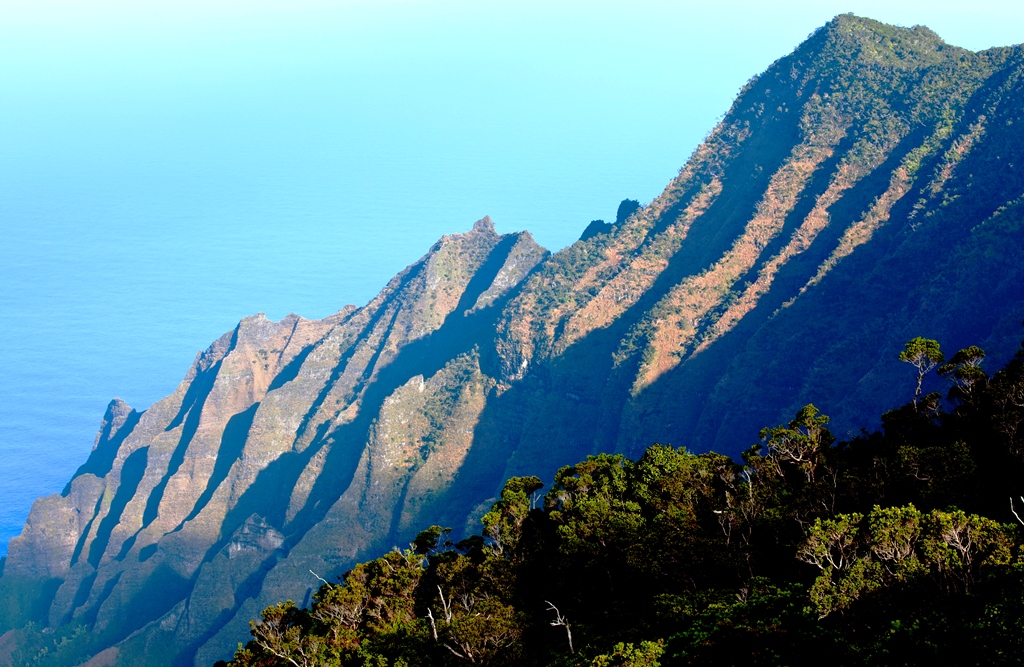
- 3. The Maze, Utah – About 2,000 people visit the most remote section of Canyonlands National Park per year, and not because it is not worth visiting. Known as the Maze, this red rock labyrinth is difficult to reach and almost impossible to navigate. To make it even more difficult it is full of dead-ends and always presents the danger of rock-falls or deadly flash floods.
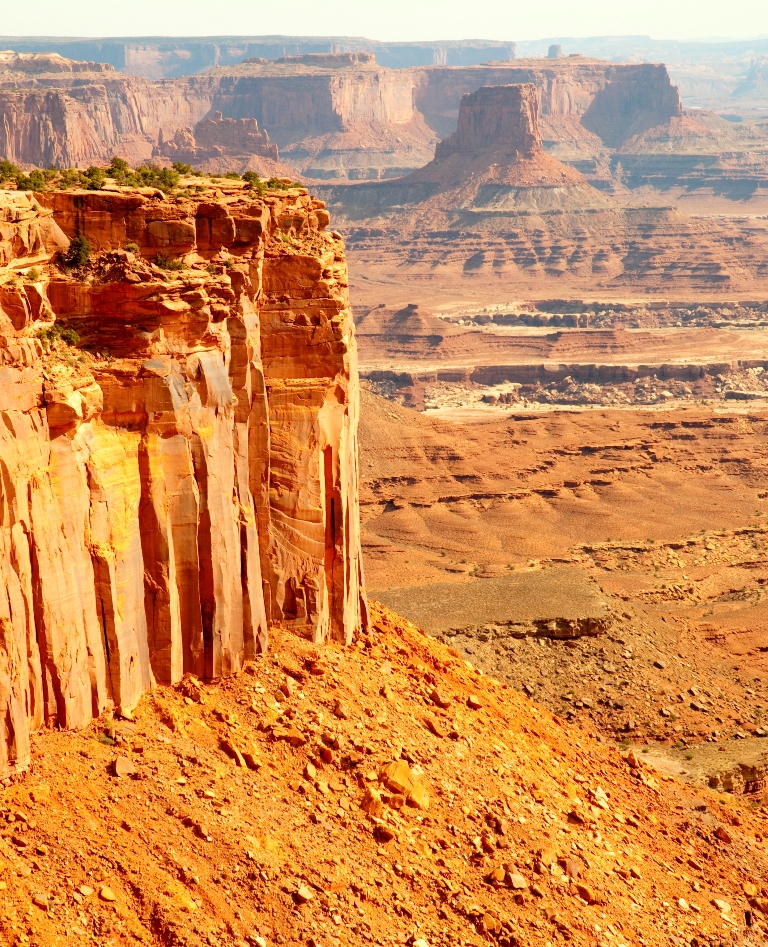
The Maze
India is known worldwide for its rich history, culture and traditions. People from many countries visit India to experience a different kind of life, a life that is racy in a relaxed sort of way. It has also become a hub for many adventure sports, especially white water rafting, wildlife safaris, trekking and mountaineering in the Himalayas, amongst others. While these adventures are done for the thrill and adrenaline rush, there are a few that one does only for the experience.
Adventure Nation picks five such off beat Indian adventures for you that are not to be missed.
1. Snorkeling with Elephant Rajan in the Andaman – There was a time when swimming and snorkeling elephants were a regular sight in the Andaman Islands but now 63 year old Rajan is the only elephant left there that swims and snorkels in the sea. He is popular all over the world and has also featured in a Hollywood film called The Fall. People arrive at Havelock Island from world over to be a part of this enriching and unique experience. Rajan, like most other elephants, loves water and swimming with him is described as a magical experience by many. He is also a favorite subject for underwater photography.
Watch this video of Rajan swimming.
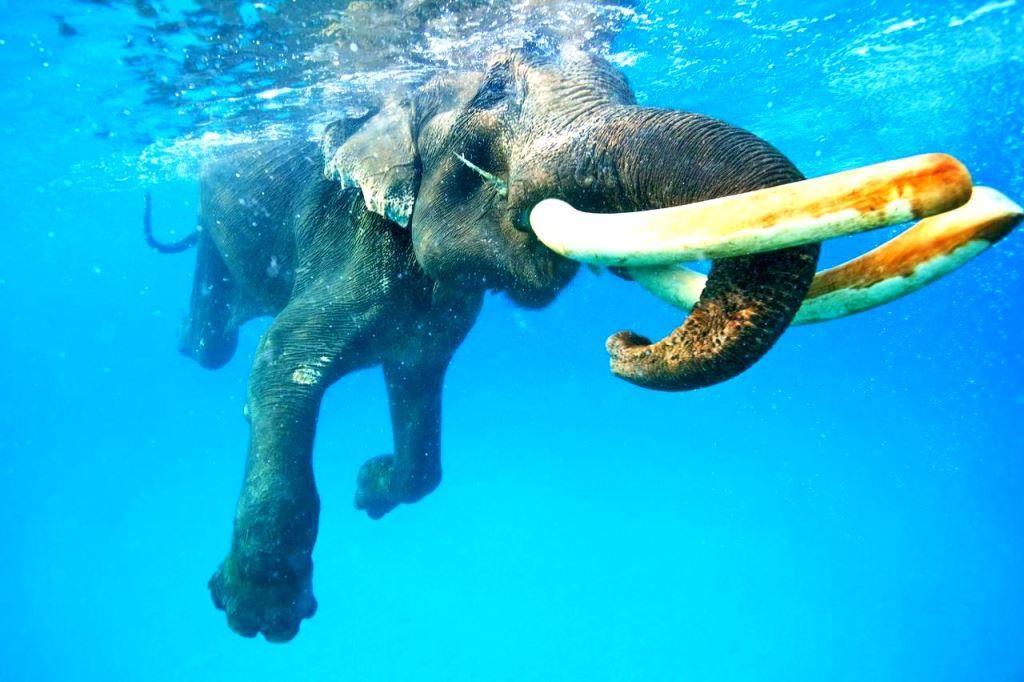
Image Credits: phototoartguy.com
2. Road Trip to the Magnetic Hill in Ladakh – Located 27 kms from the city of Leh on the Leh-Srinagar highway, ‘Magnetic Hill’ has become a major tourist attraction. There is a signage on the roadside that asks people to park their vehicles in the box marked on the road. Once parked (engine off and in neutral), vehicles start to move uphill defying gravity. The hill is believed to have magnetic properties, so much so that it is said that aircrafts increase their altitude while flying above it. Even though scientists call it an optical illusion, it doesn’t stop the curious adventurous souls from wanting to experience it firsthand.
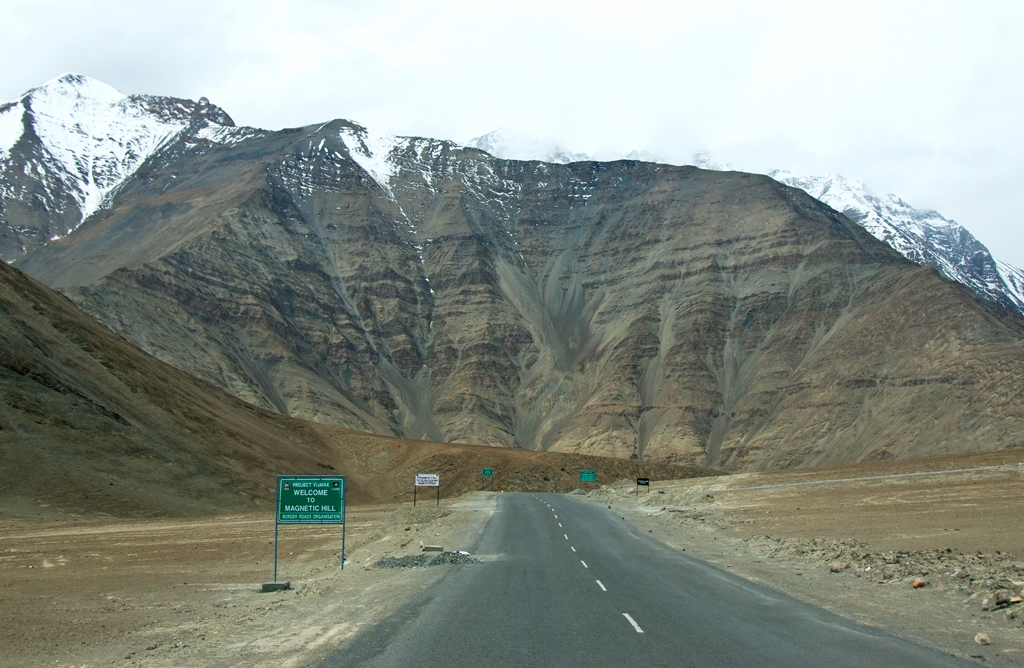
Known as a soft adventure today, hiking is as old as humanity itself. In the past, people hiked miles and miles in search of food, shelter and new settlements. In this process many new lands were discovered and popular hiking trails established. Now we go hiking for leisure and thrill and the world is full of some wonderful hiking trails. Adventure Nation has prepared a list of some of the most amazing ones:
- Inca Trail, Peru – Crossed by 1000s every year, this ancient trail was laid out by the Incas. It leads up to Machu Picchu winding up and down the mountains.

Machu Picchu in the Inca Trail - Kungsleden, Sweden – Kungsleden (the “The King’s Trail”) is a 100 miles inside the Arctic Circle. It’s a 275 – mile trail and one of the greatest wildernesses in Western Europe.

The King’s trail, Sweden - Grand Canyon Hike, Arizona– This hike offers the best natural architecture one could ever come across along with billions of years’ worth of geology.
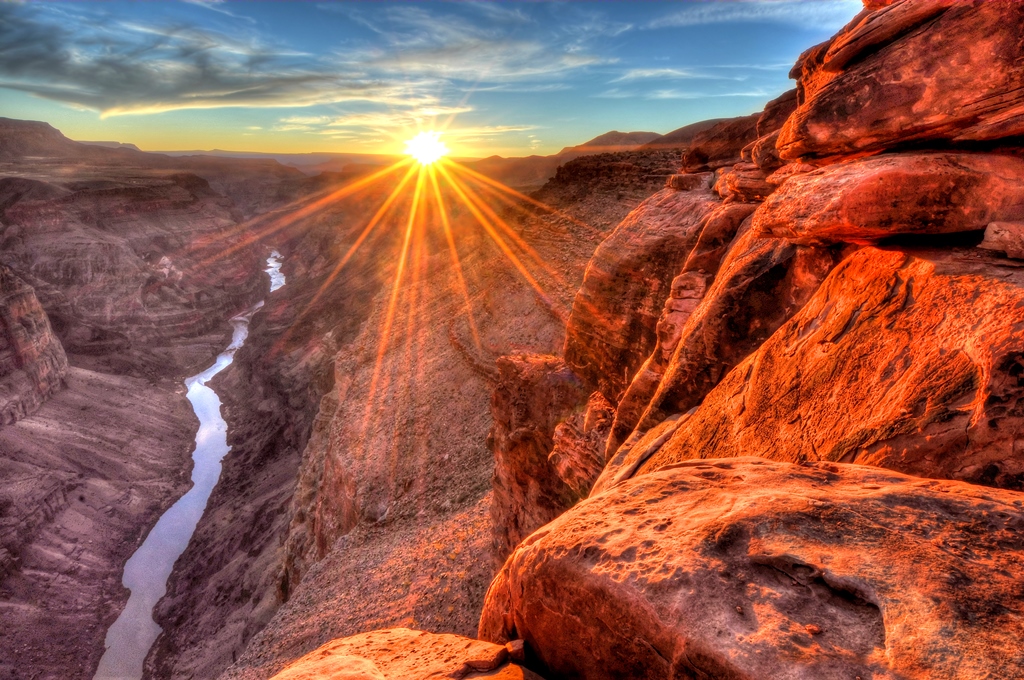
Grand Canyon, Arizona - The Hot Spring Route, Iceland– From Landmannalaugar to Thorsmork in the South of Iceland, this 4 day hike has rivers, lakes, mountains and glaciers in its scope.
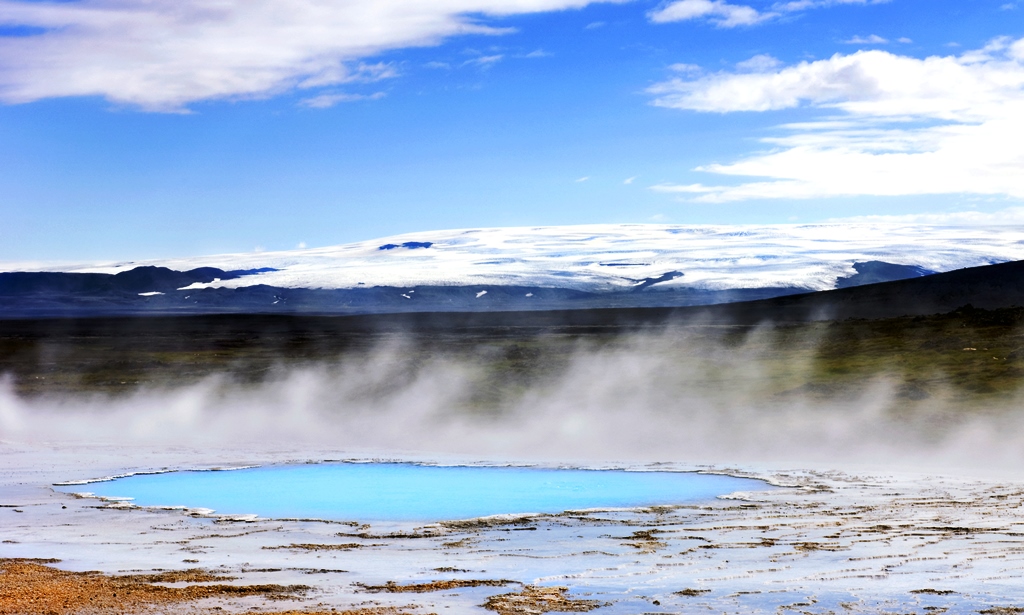
Hot Springs, Iceland - Fitz Roy Trek, Patagonia, Argentina – Fitz Roy Massif is an iconic ridge that makes for an amazing hike taking one from glaciers to forests to waterfalls!
Uttarakhand literally translates to the abode of the Gods. It is considered a paradise for trekkers, adventure buffs and nature lovers. Whether one is an experienced trekker or a first timer, there is a trek for everyone.
For all those who love the beauty and tranquility of the mountains and crave to reach new heights of adventure, here is Adventure Nation’s pick of the best Himalayan treks in Uttarakhand:
Valley of Flowers and Hemkund Sahib Trek – Duration – 06 days
The base camp for this trek is at the small village of Ghangariya which is located by the river Lakshman Ganga. The Valley of Flowers is approximately 5 kms from this village. There is also the famous Govind Ghat that got its name from the time Sikh Guru Guru Gobind Singh meditated here. A steep trek from Ghangariya leads one to the heavenly Hemkund Lake that stays frozen for almost 8 months in a year. Hemkund Sahib Gurudwara and Lakshman Temple are built on the banks of this lake. This trek is particularly popular for the variety of flowers one gets to witness in the valley.
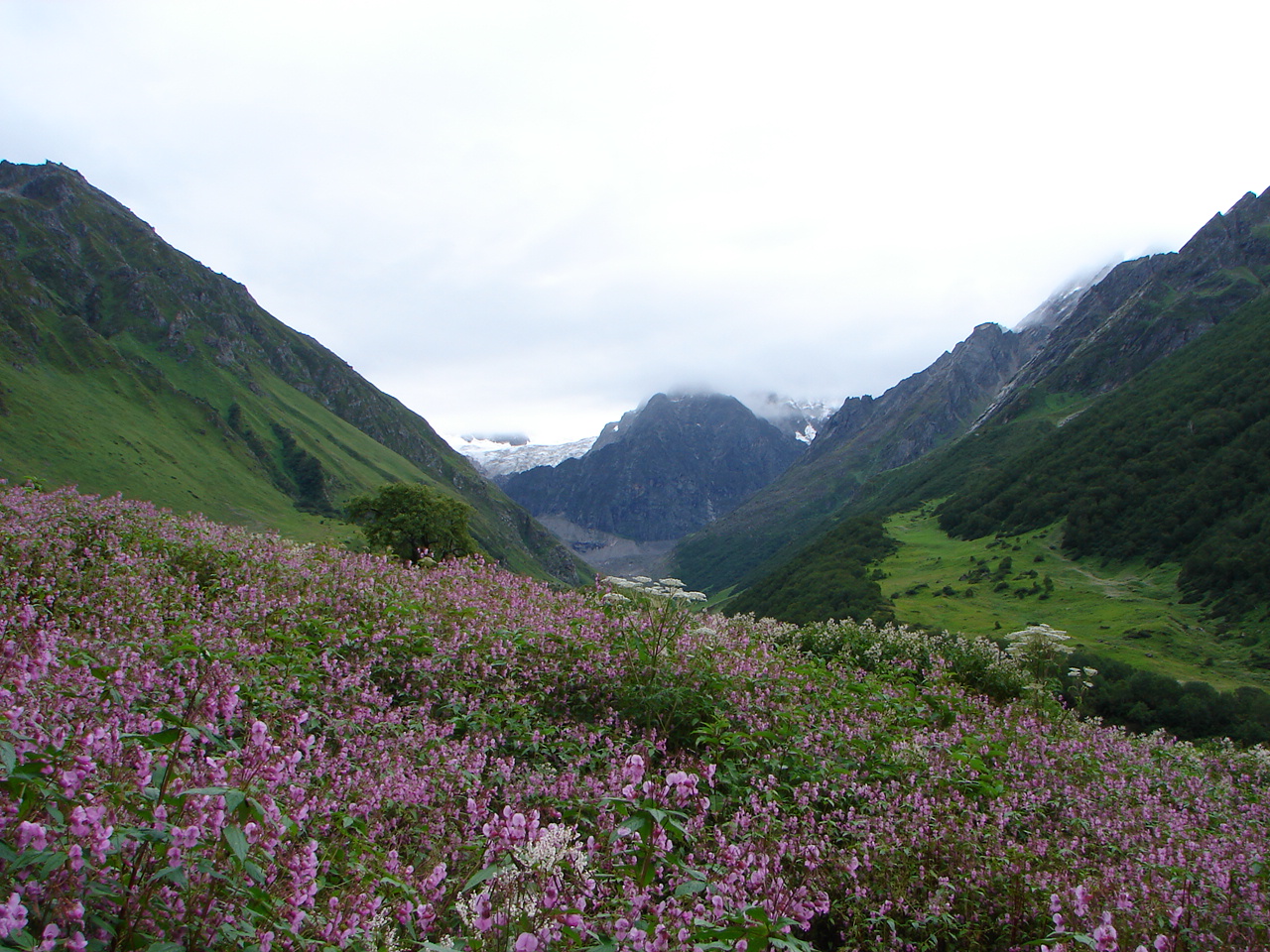
Valley of Flowers
Image Credits: bharatrawat641.blogspot.in
Har Ki Doon Trek – Duration – 08 days
Considered a haven for bird watchers and nature lovers, Har Ki Doon trek gives one a great opportunity to explore the remotest parts of the Garhwal Himalayas. The base camp for this trek is Sankri which is about 37 kms from the highest camp on this trek. Har Ki Doon literally means the Valley of Lord Krishna and is surrounded by dense forests of pine, deodar and conifer. It is believed that the Pandavas camped here on their final journey.
Situated in the Western Himalayas, Kedarnath Sanctuary is located in the Chamoli and Rudraprayag districts of Uttarakhand. A part of the Himalayan Highlands, it has an elevation ranging from 3,810 ft to the Chaukhamba peak at 23,189 ft. It gets its name from the famous Kedarnath Temple that was built in the 8th century AD. It is just outside the northern border of the sanctuary.
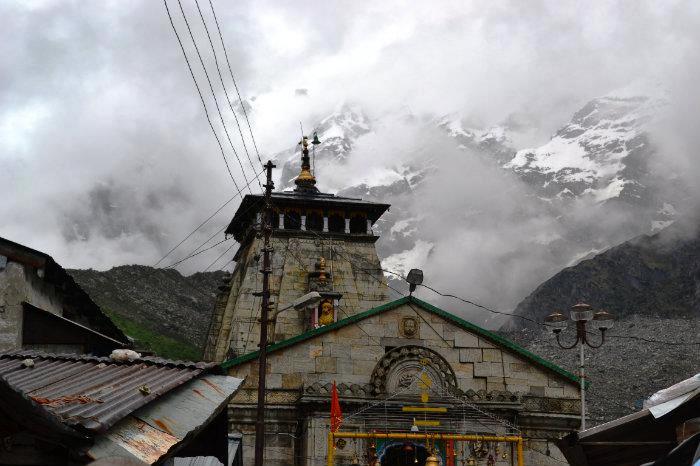
Image Credits: photos.wikimapia.org
Covering an area as 975 sq km, it is the largest protected area in the Western Himalayas. It was formally established in 1972, primarily to protect the Himalayan musk deer and because of that it is also called the Kedarnath Musk Deer Sanctuary. It has been designated a “Habitat/Species Management Area” by the IUCN.
It is popular for its great biodiversity, picturesque snow-covered mountains, lakes, glaciers, valleys and the glistening Mandakini and Alaknanda Rivers. It’s often called one of the most beautiful sanctuaries in India. The density of the flora changes with the elevation – from sub-alpine forests to alpine shrubs, Himalayan flowers to permanent snow lines with little or no vegetation.
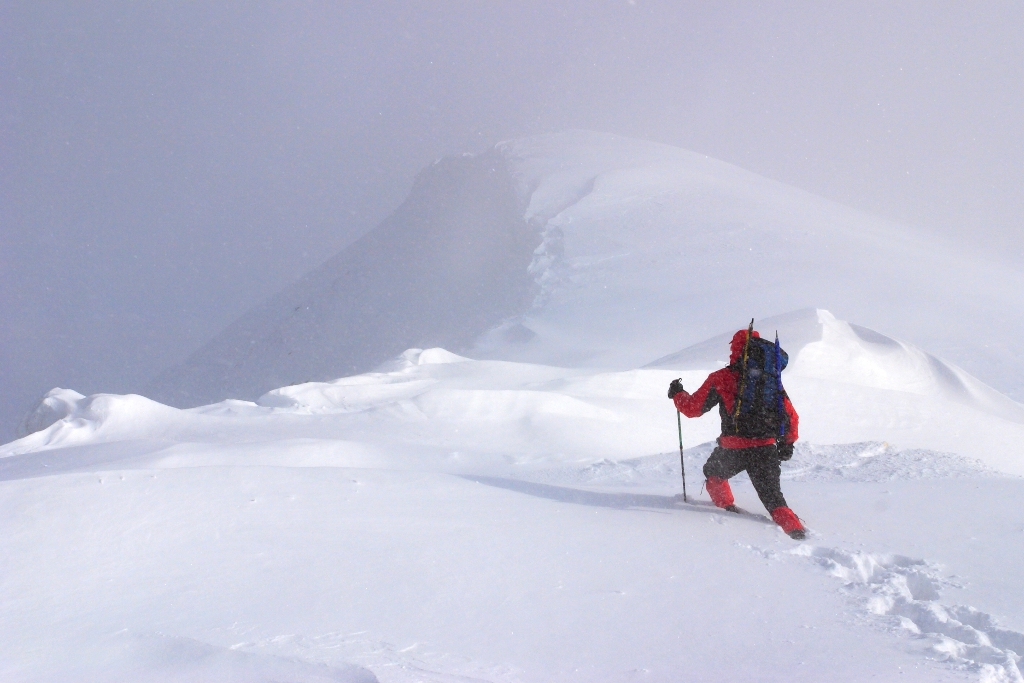
For eons India has been the home of spirituality, yoga, tradition, history and cultural diversification. People from all over the world have visited this great land for trade, knowledge, and spiritual freedom. A multitude of cultures have found their way right to the country’s heart over many centuries.
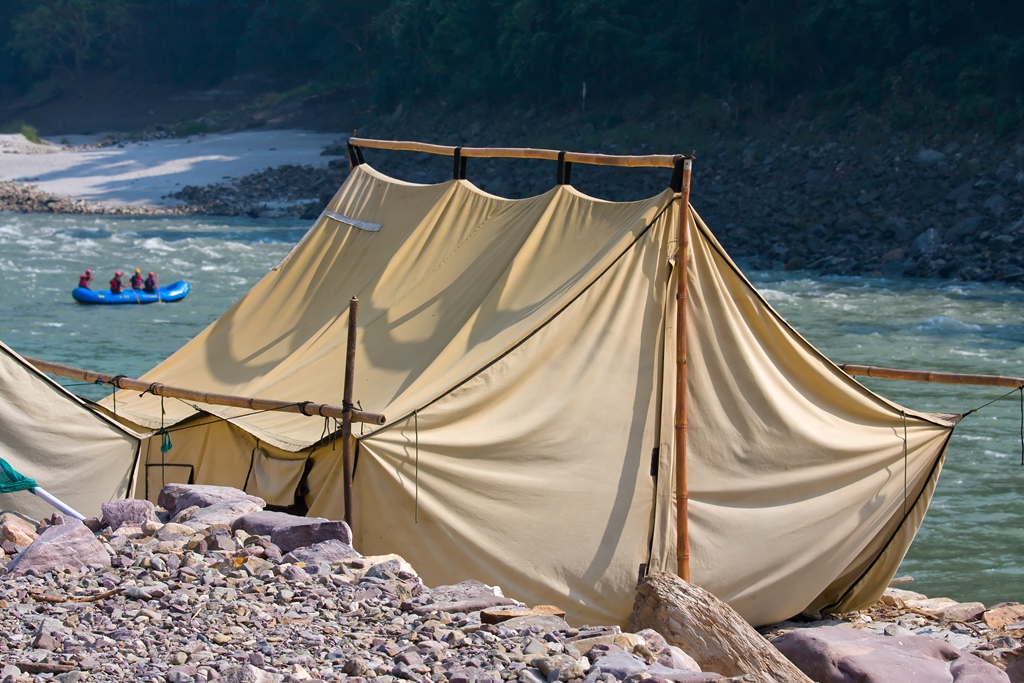
In addition to being rich in history and culture, India is also a land of varied landscapes. From mountains to beaches to valleys and rivers, you can find it all here. Himalayas along with the many rivers that flow from it, dominate the topography of the north. There are also many National Parks all across the country teeming with tigers and other animals, which make for great wildlife safaris.
Himalayas attract mountaineers and adventure buffs from all over the world. It offers plenty of scope for trekking, paragliding and skiing and some serious mountaineering. River Ganges is one of the most popular rafting destinations in India. Rishikesh in the foothills of the Himalayas is the ultimate destination for rafting, kayaking, bungee jumping and zip lining.
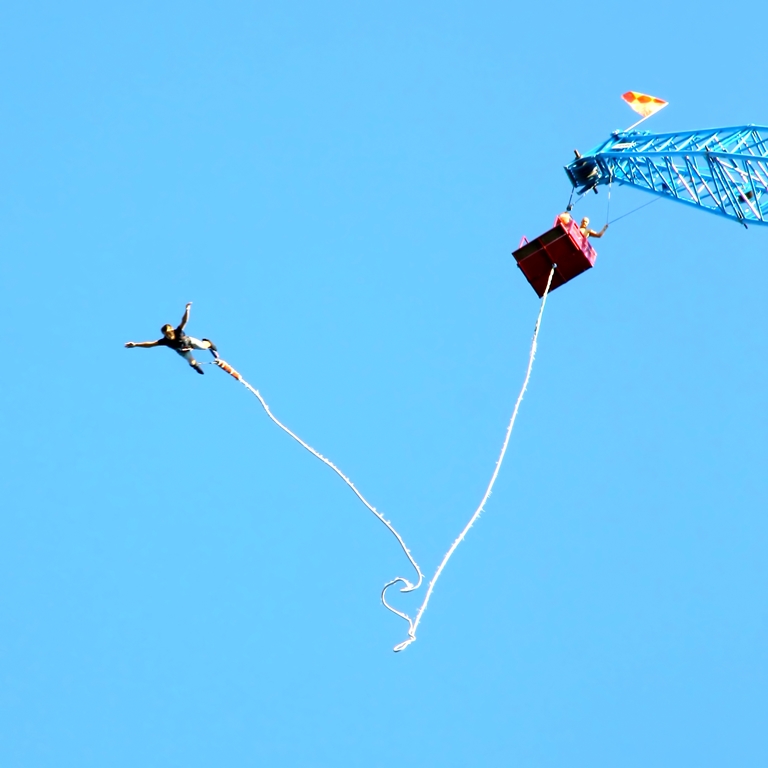
Rivers Kundalika and Kali in the west and south respectively are also popular spots for rafting. Maharashtra in the west is another adventure hub that offers rafting, rock climbing and rappelling, trekking, paragliding and hot air ballooning.
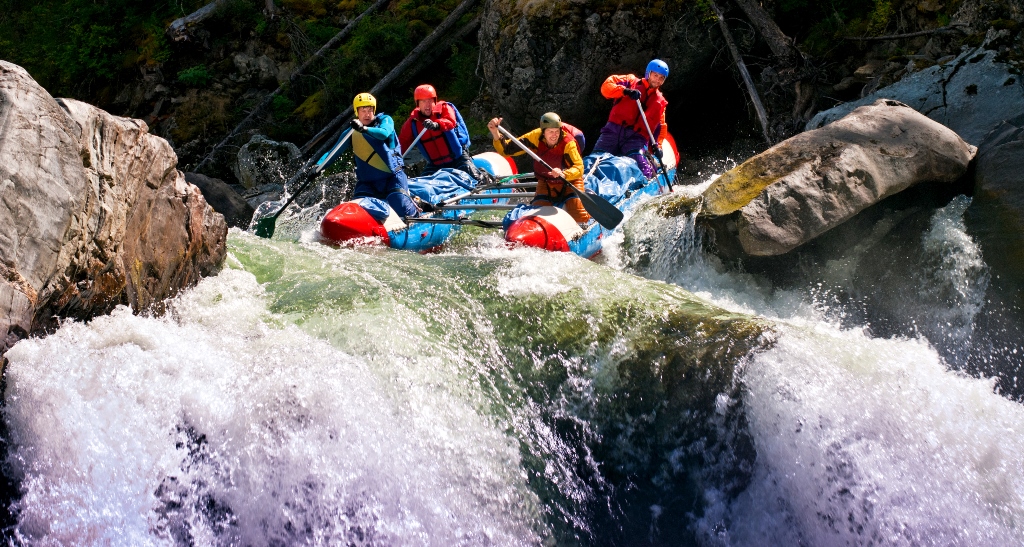
In addition to all this, the Thar Desert in the west is the perfect place for a desert safari where one can experience life amidst the vast expanses of sand.

